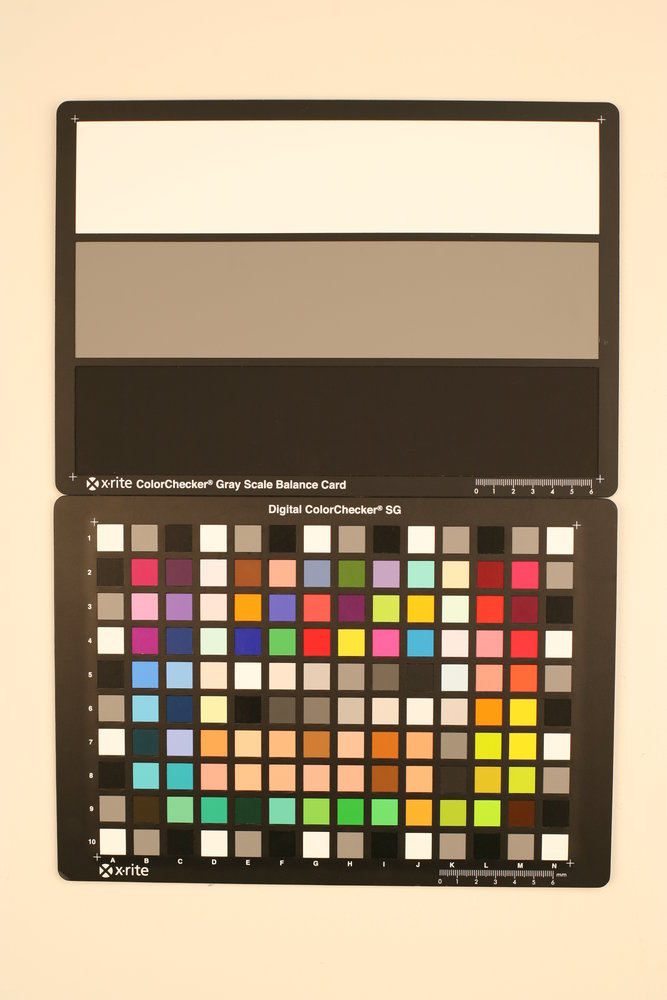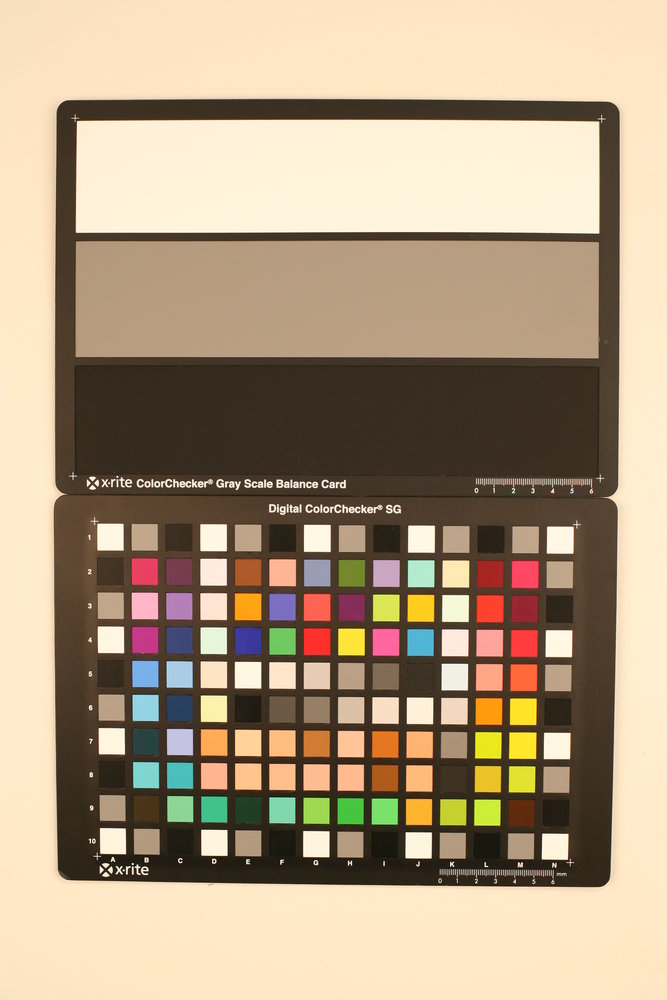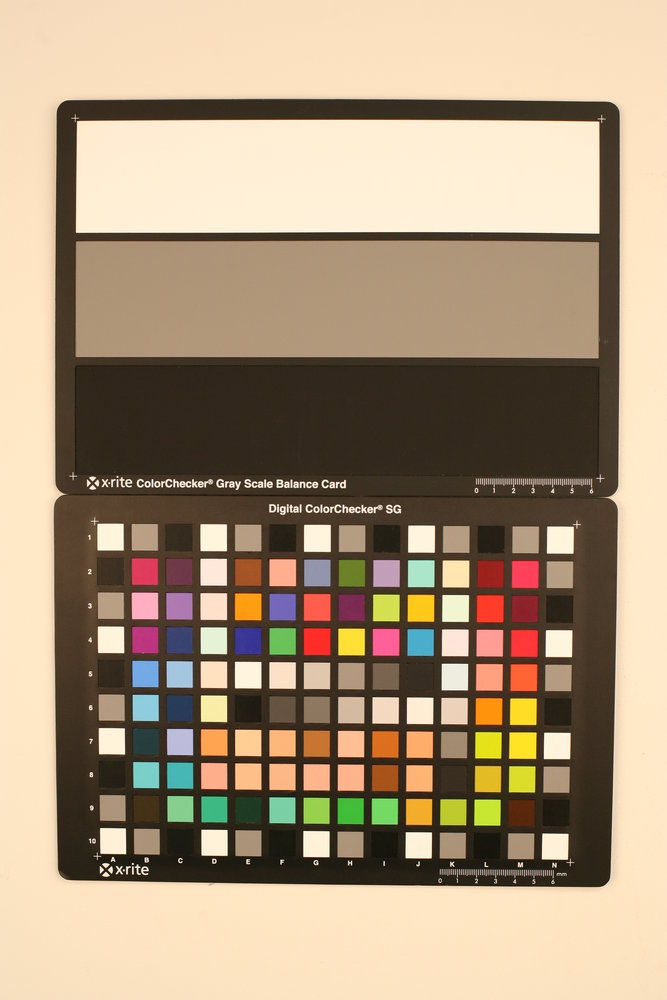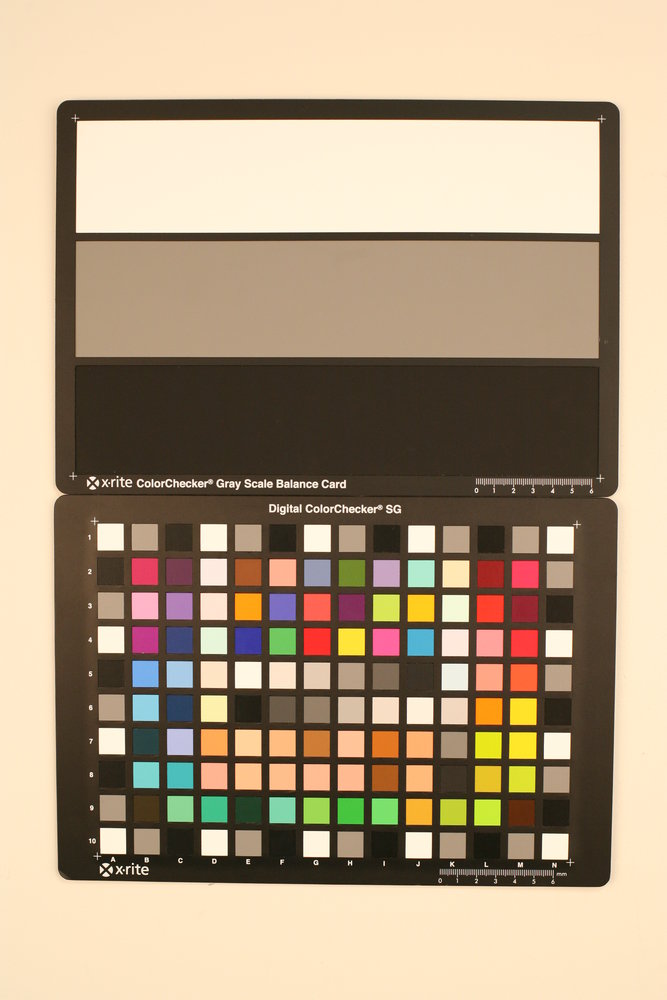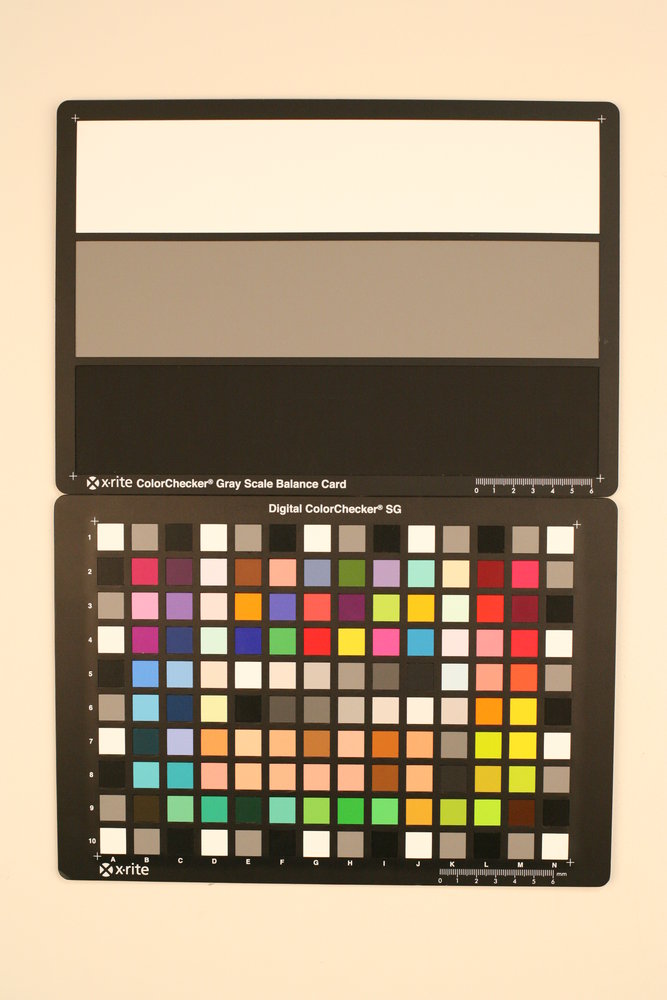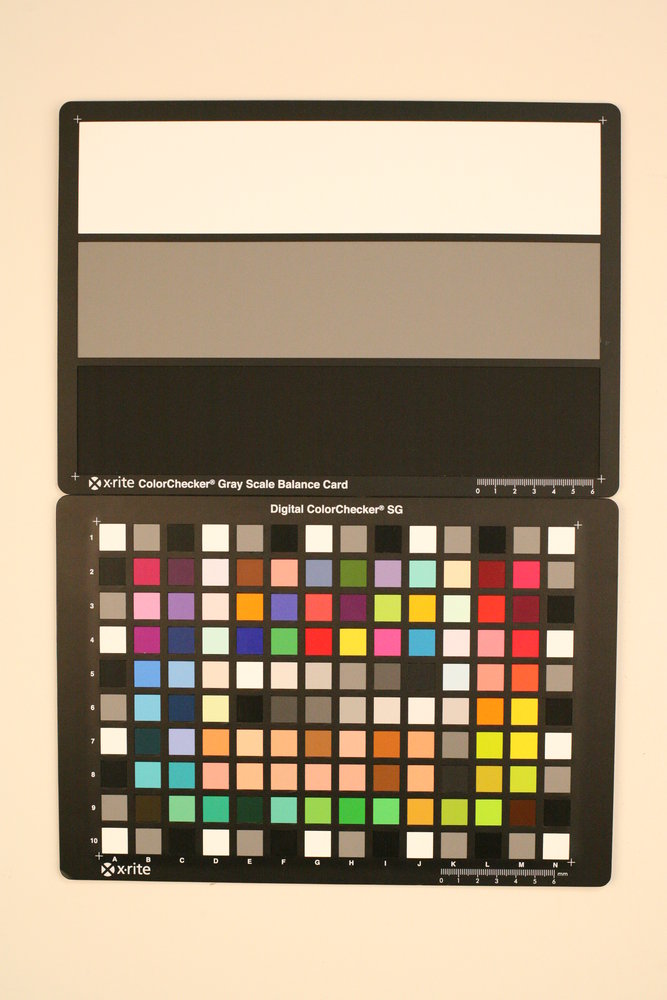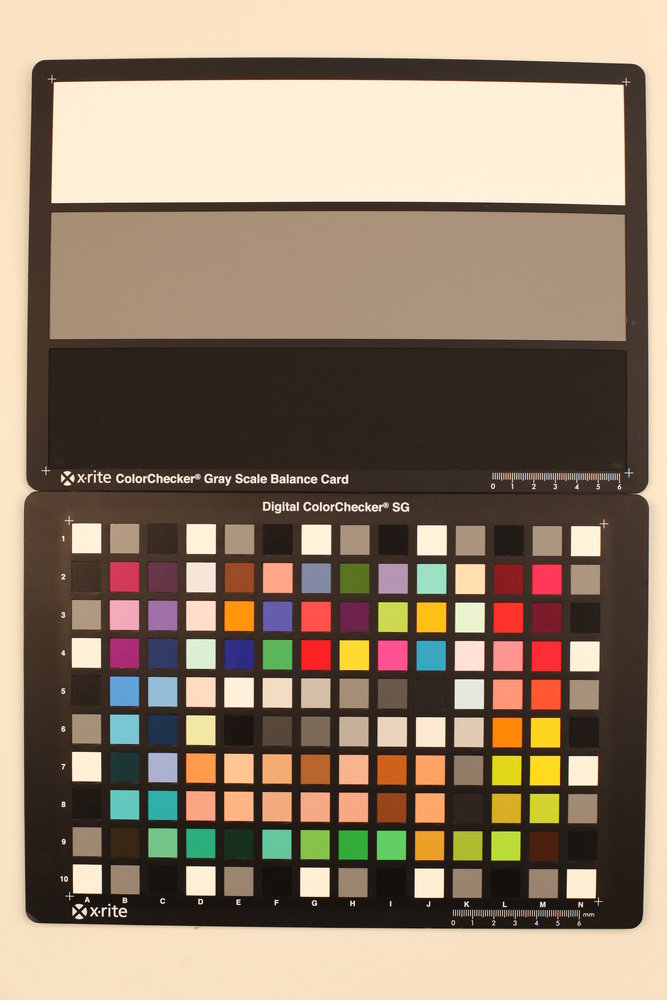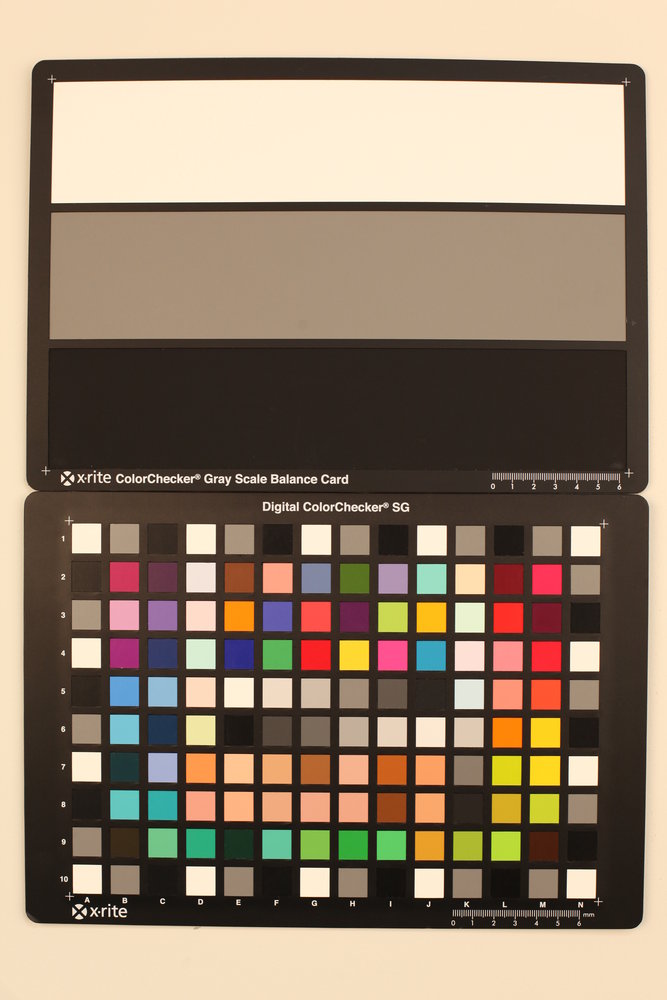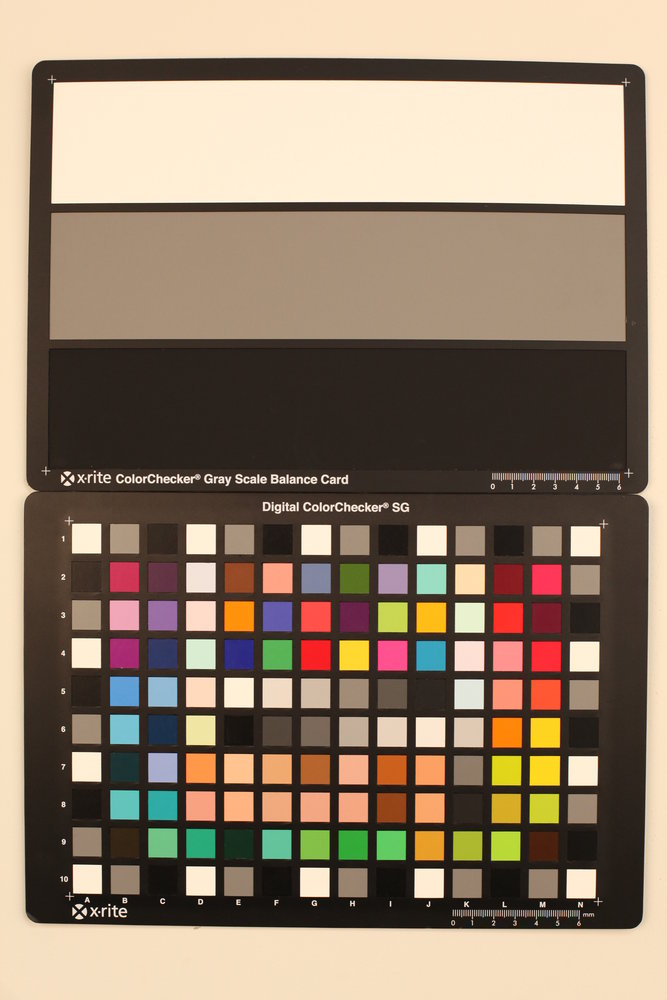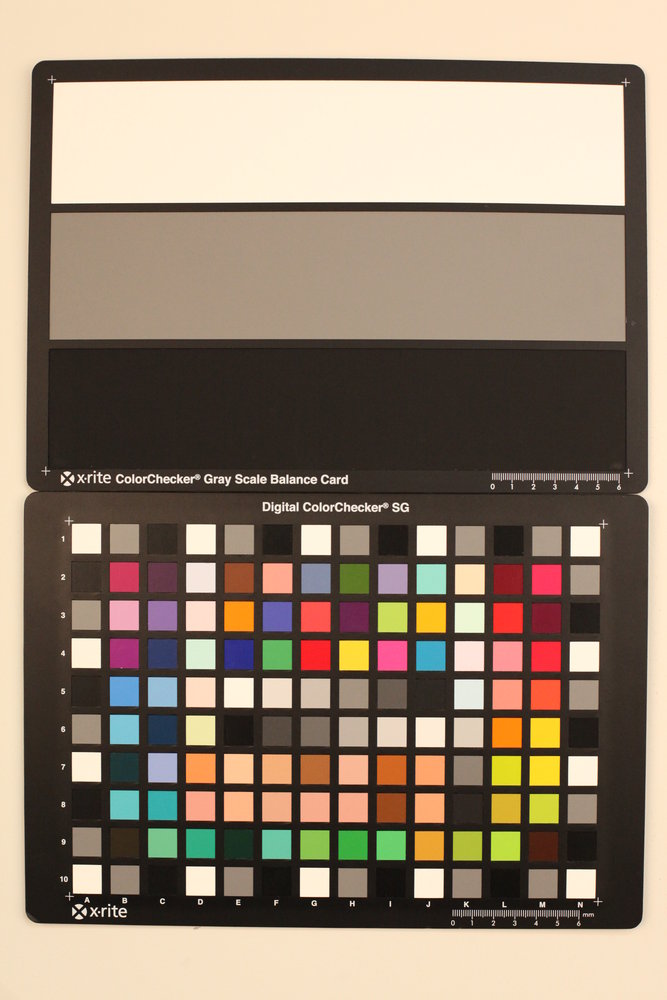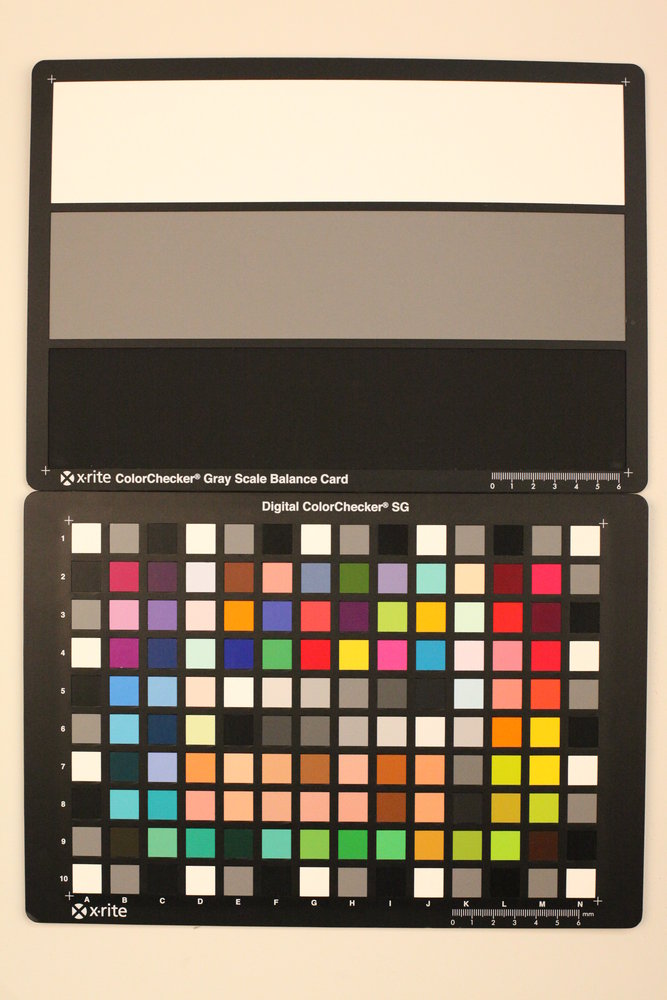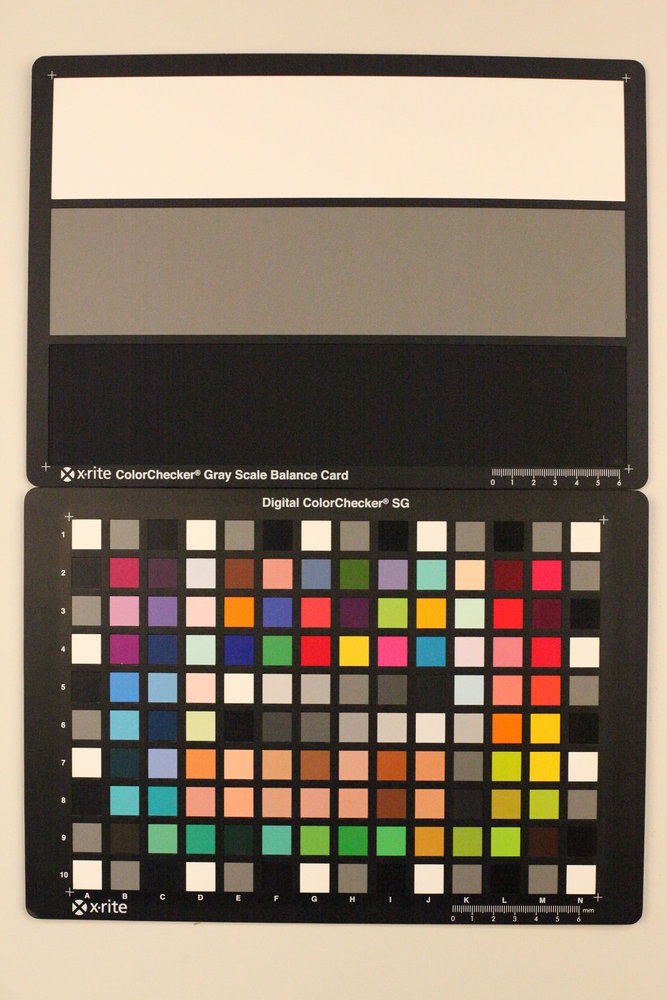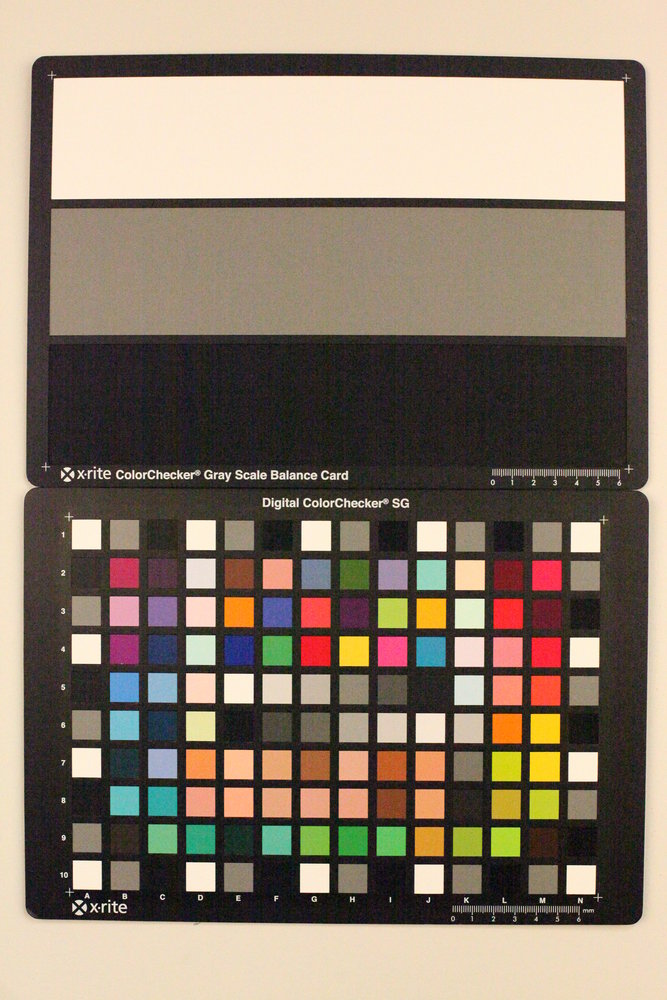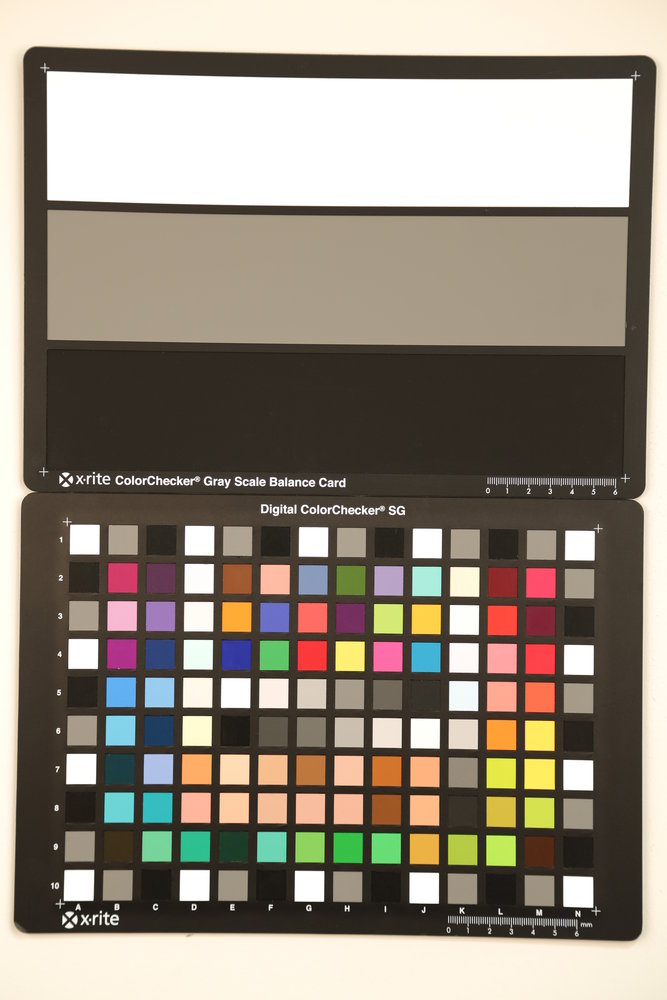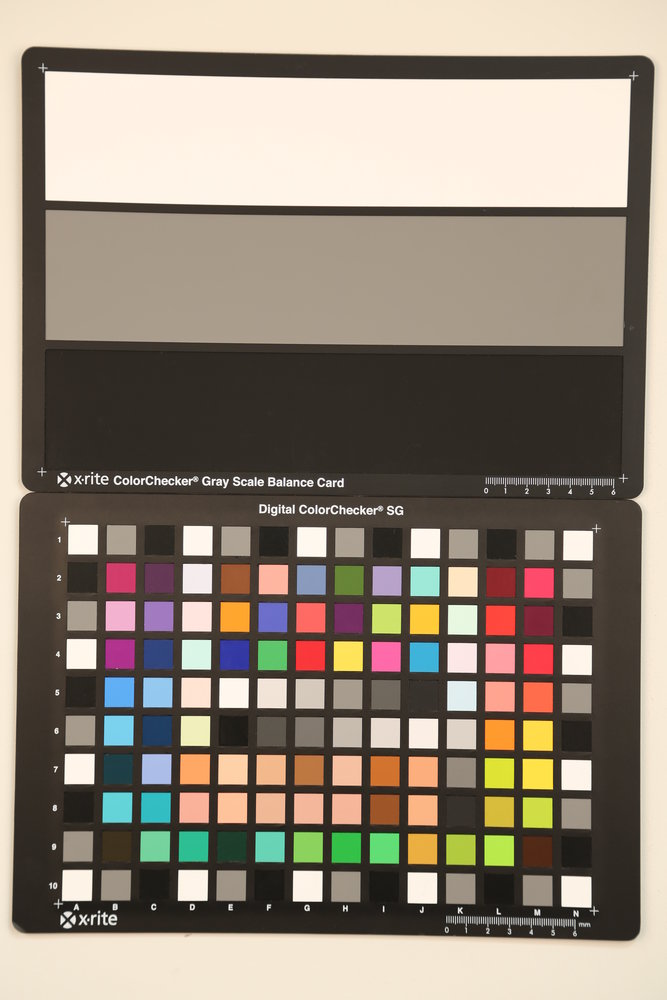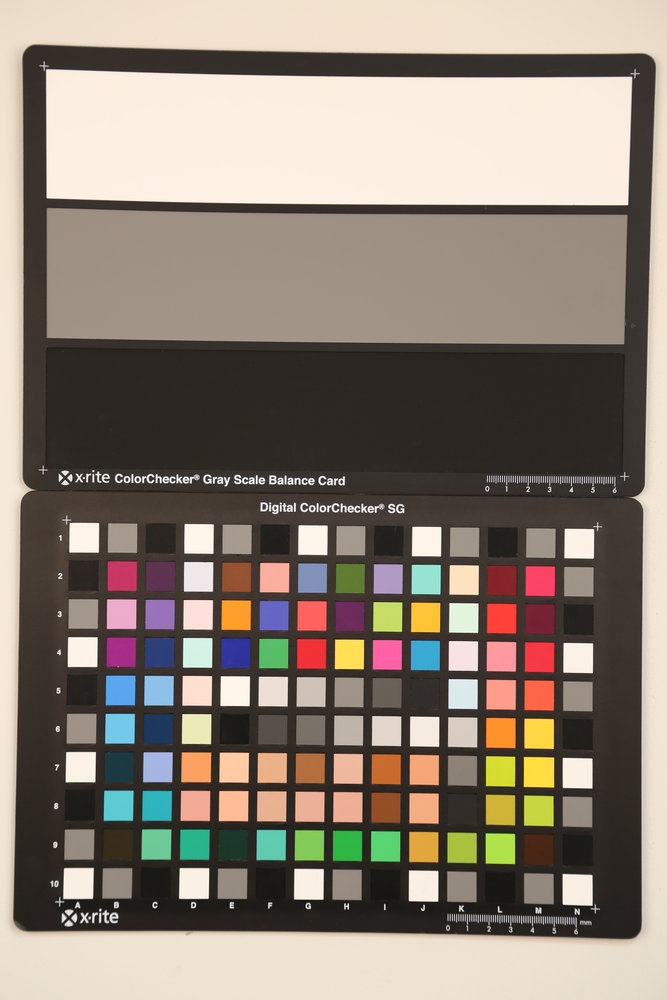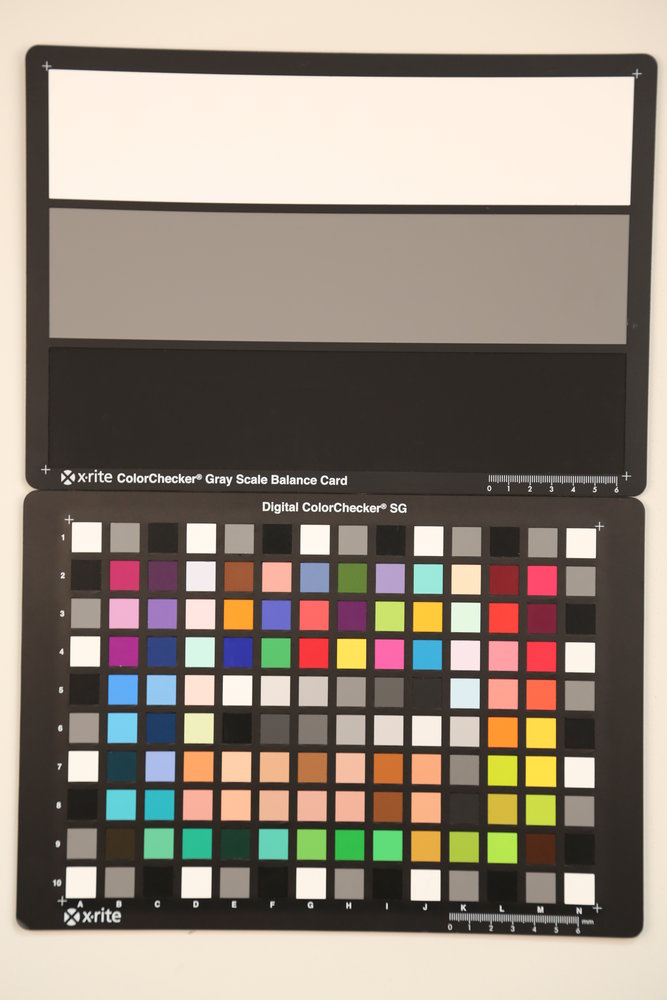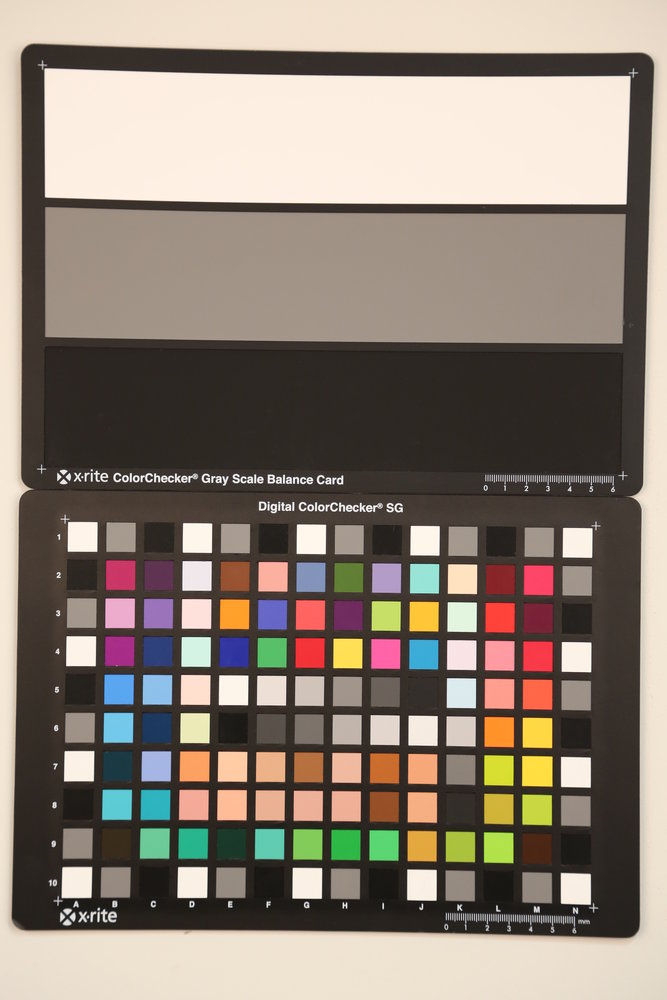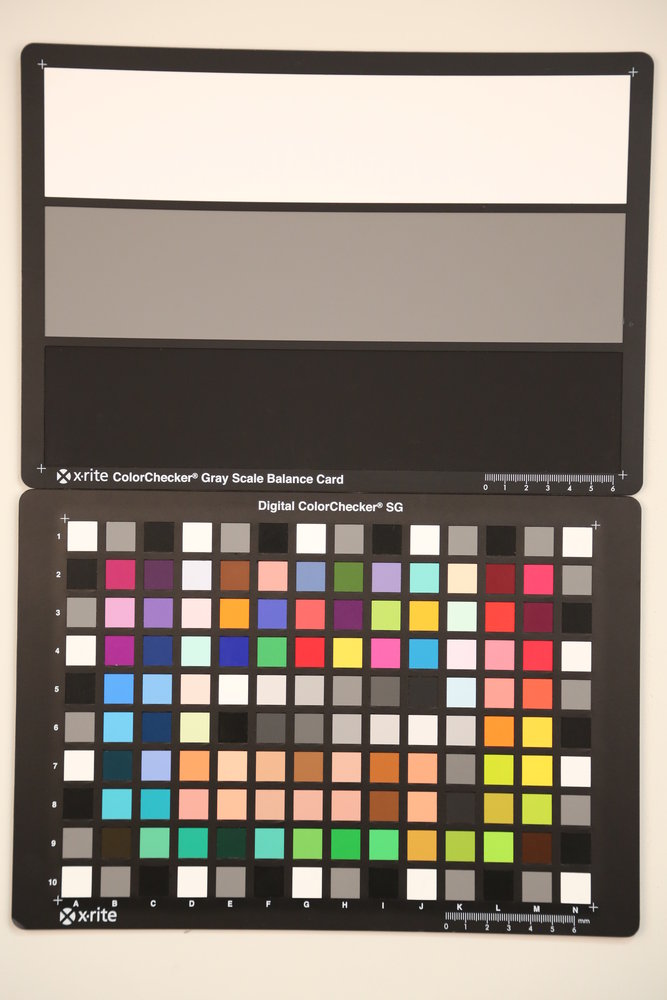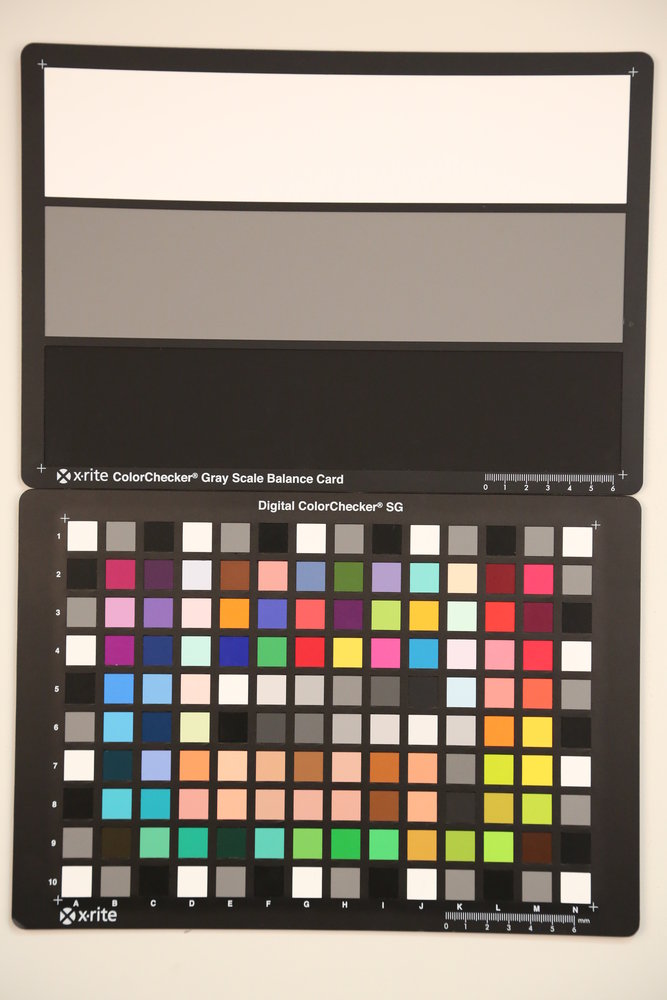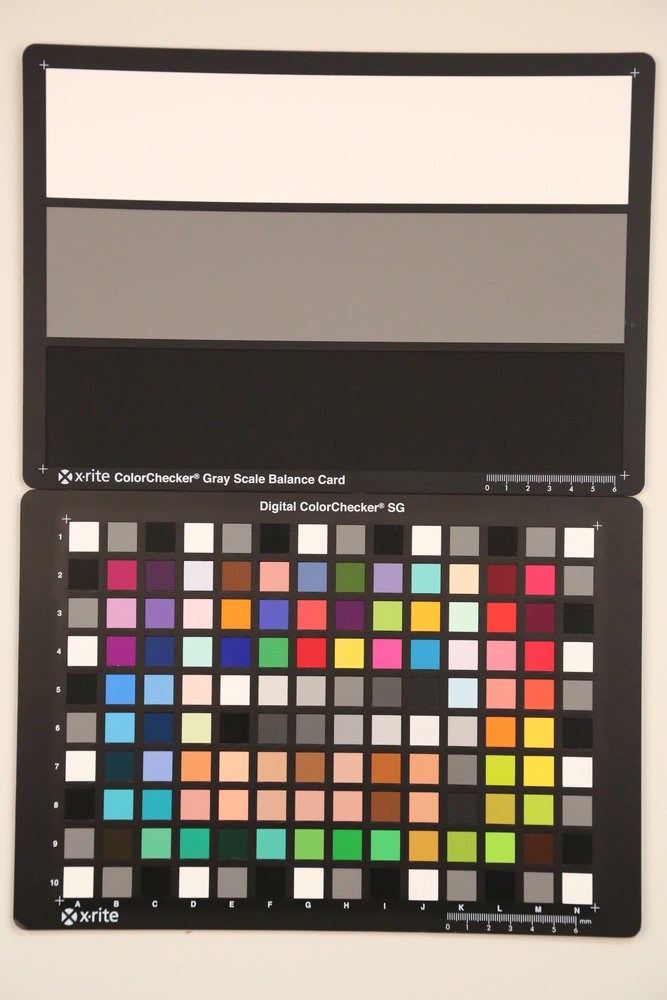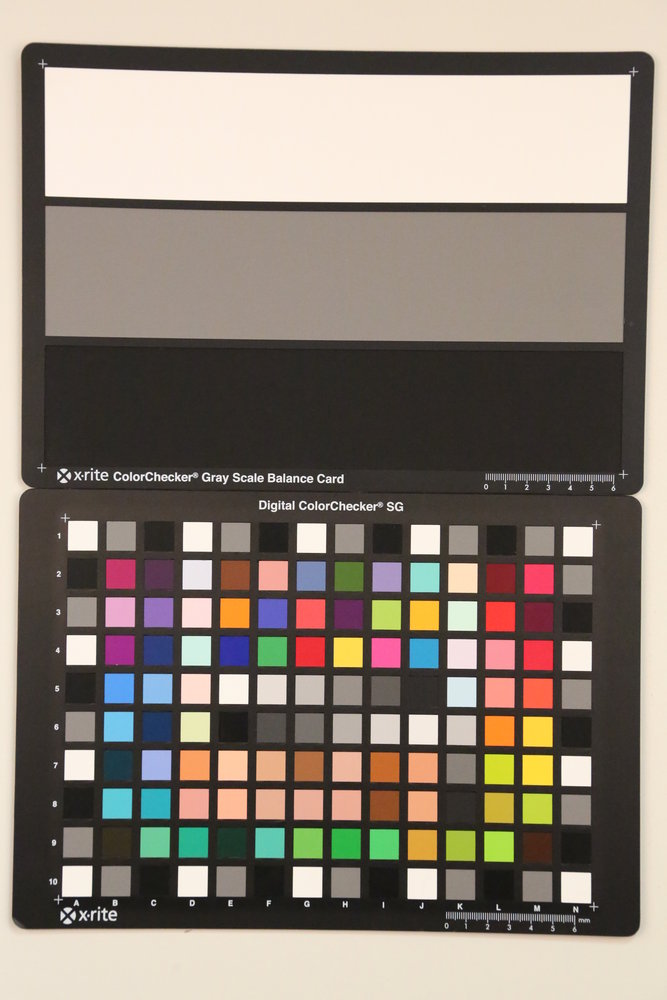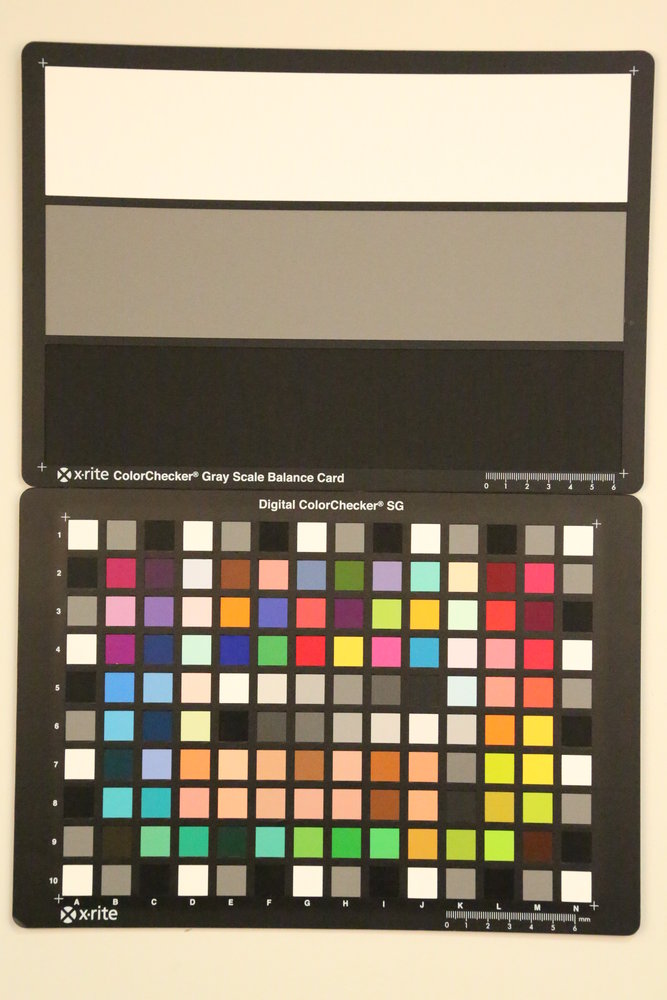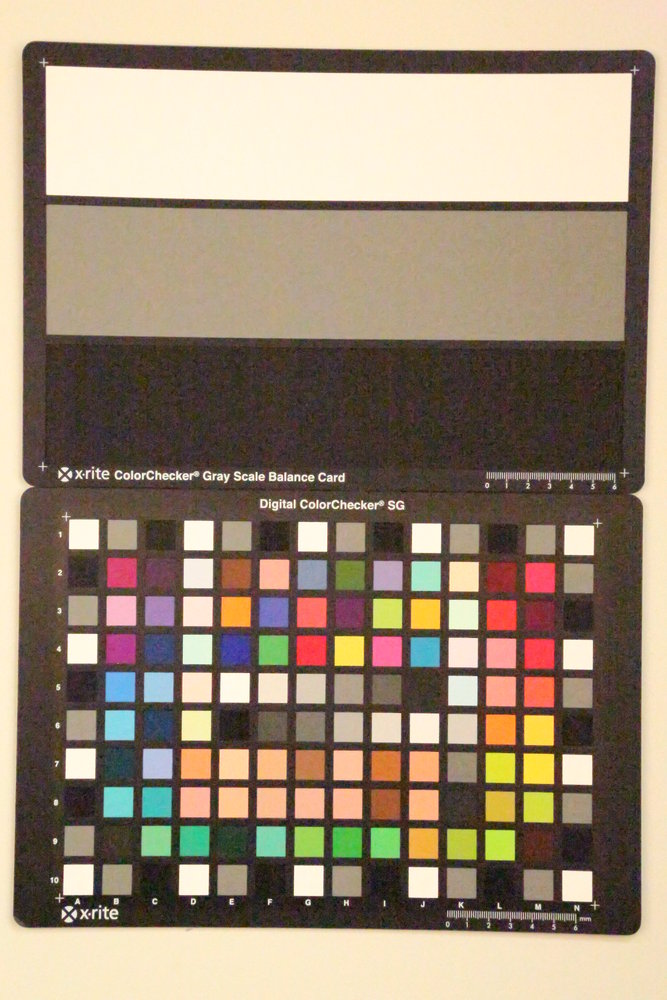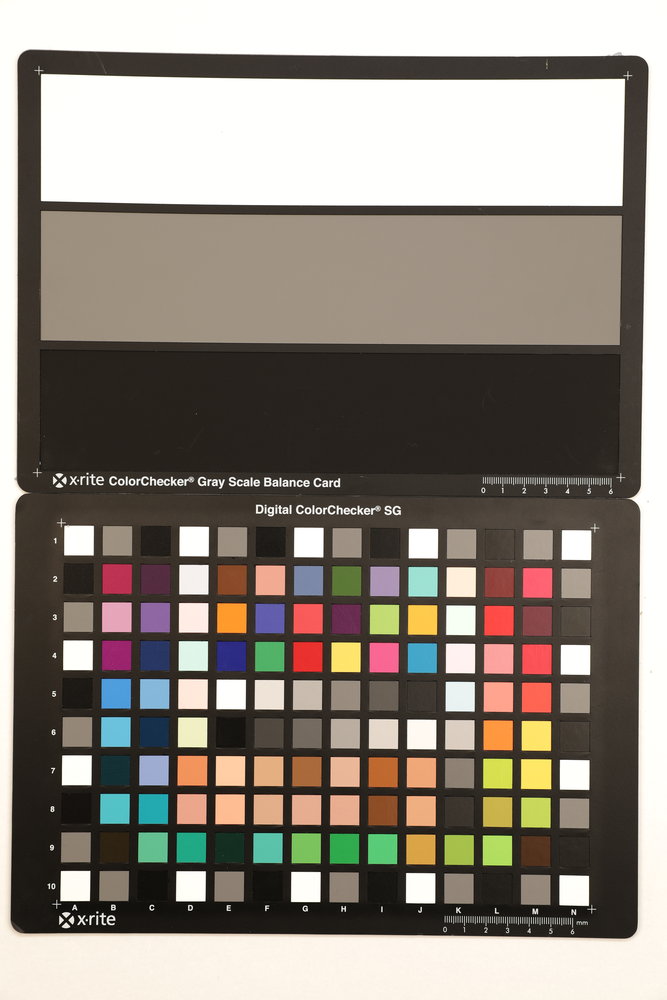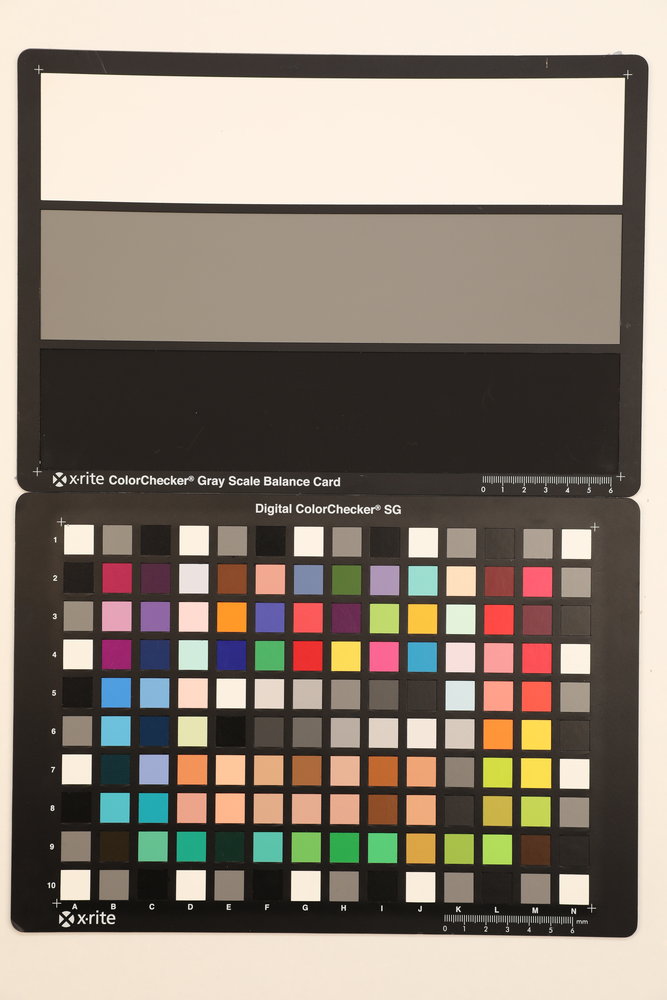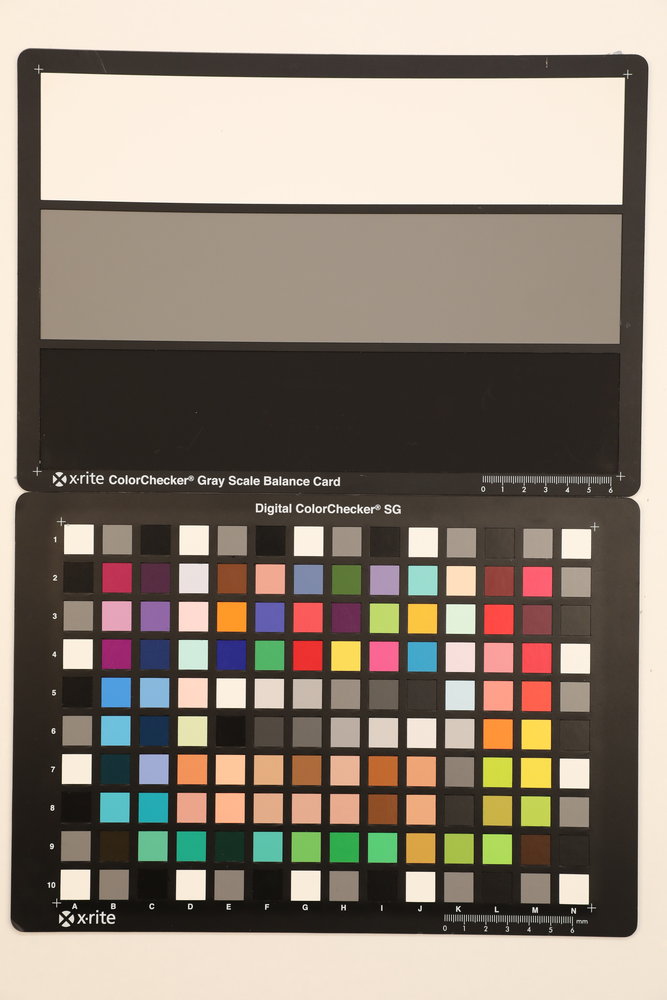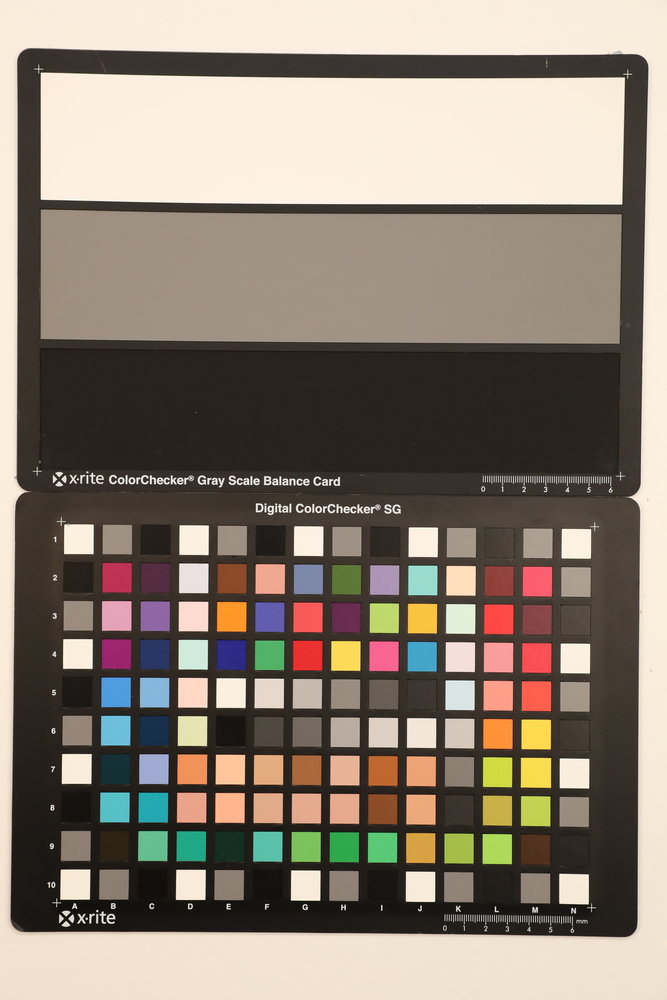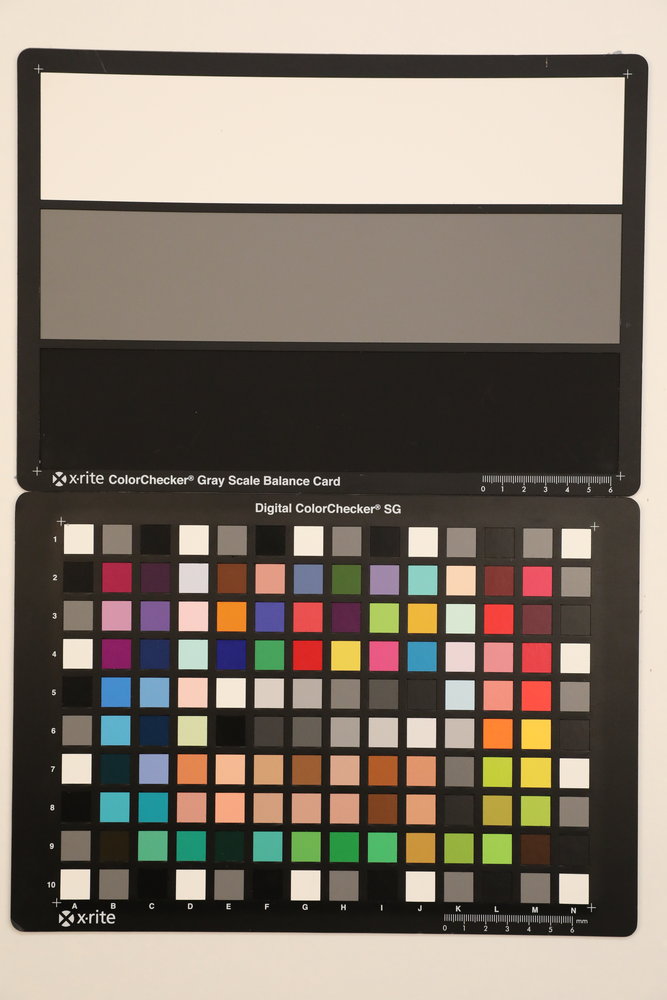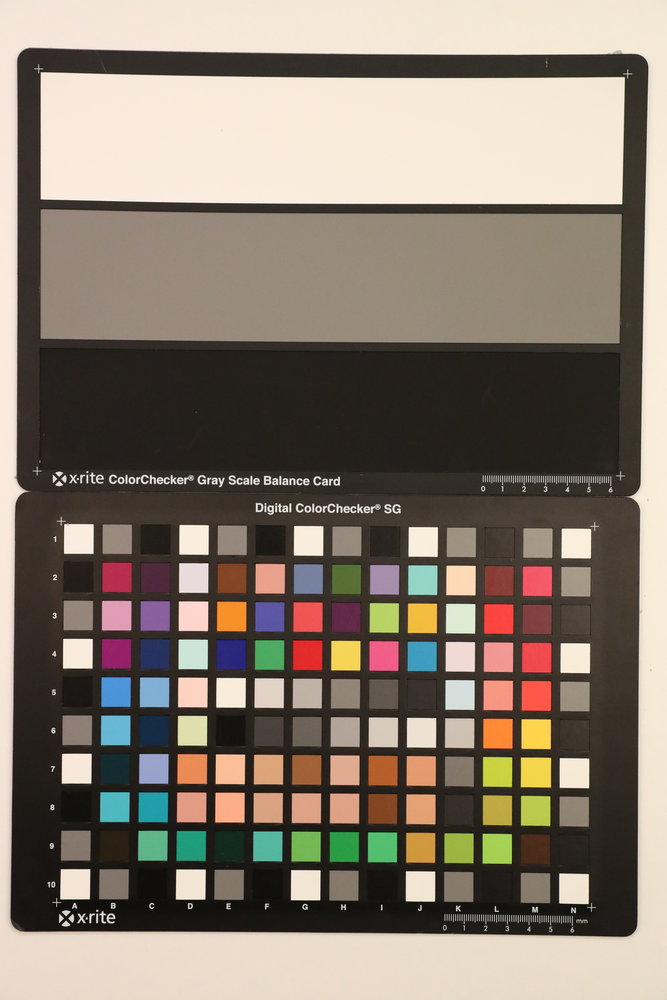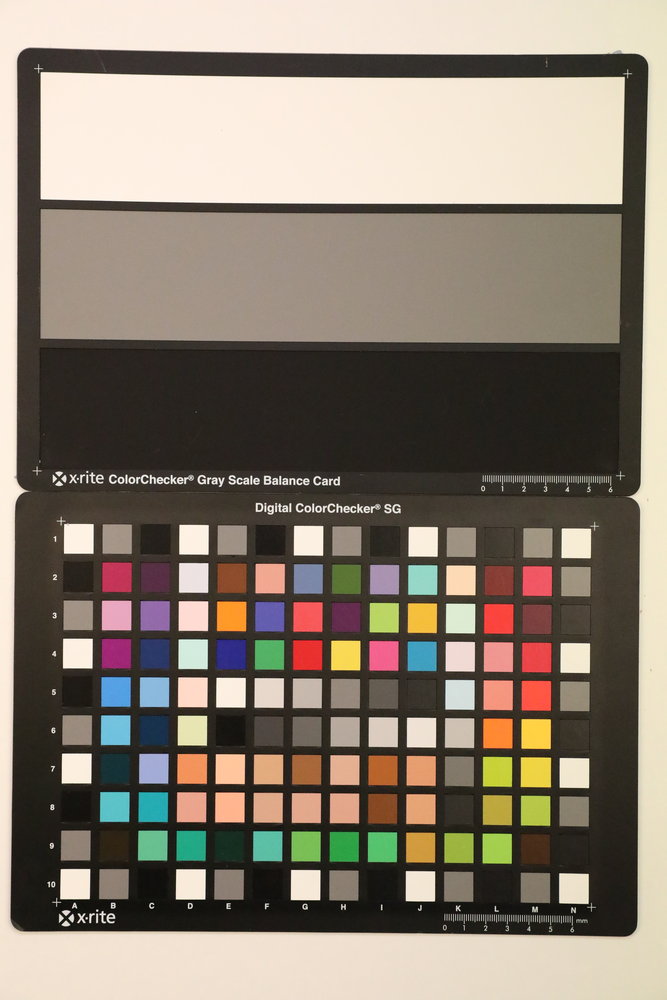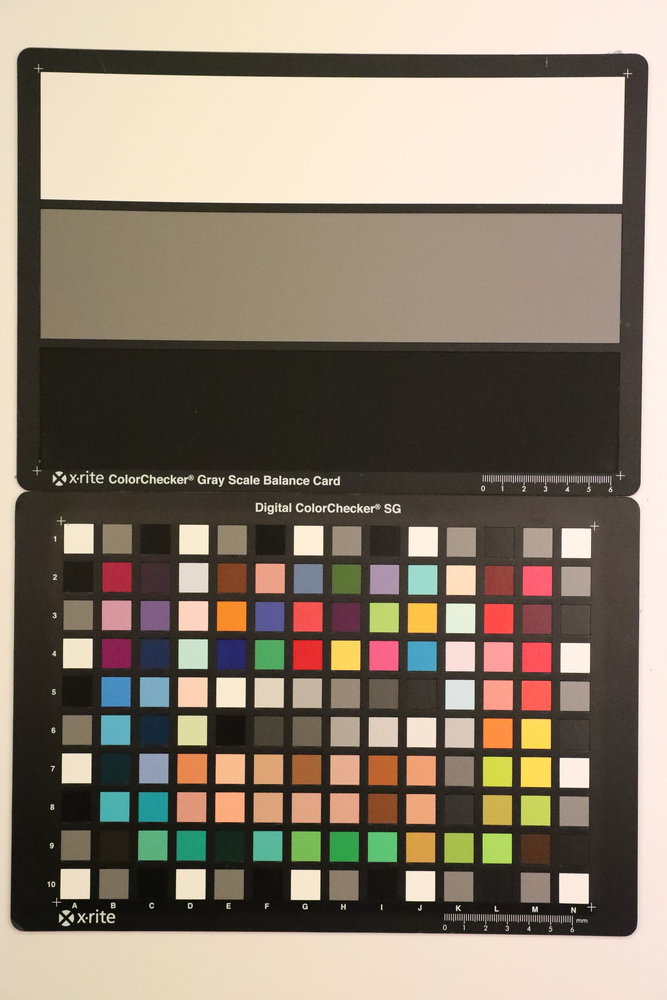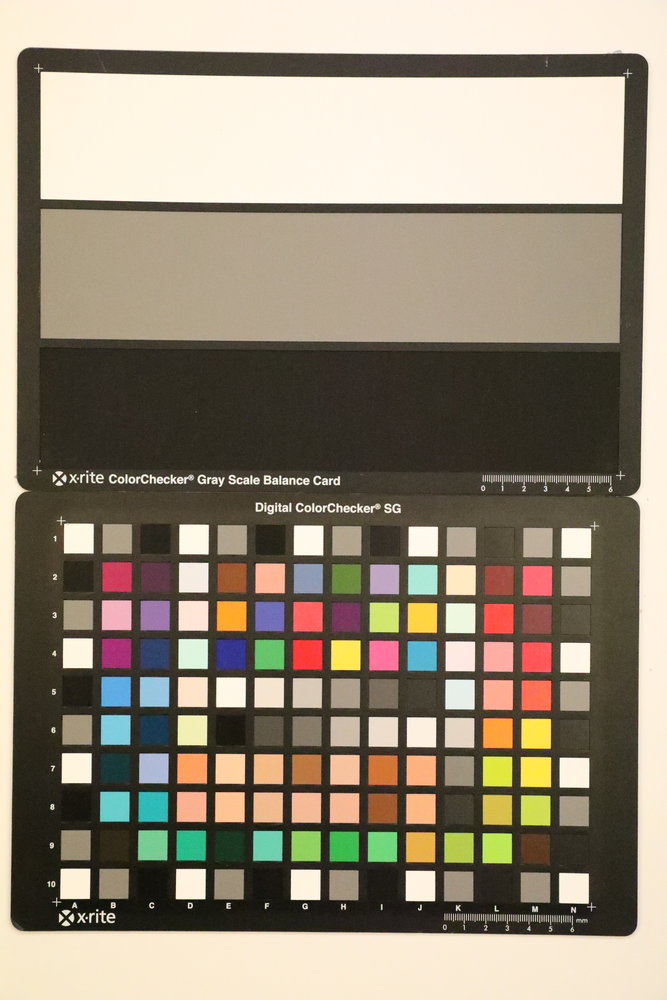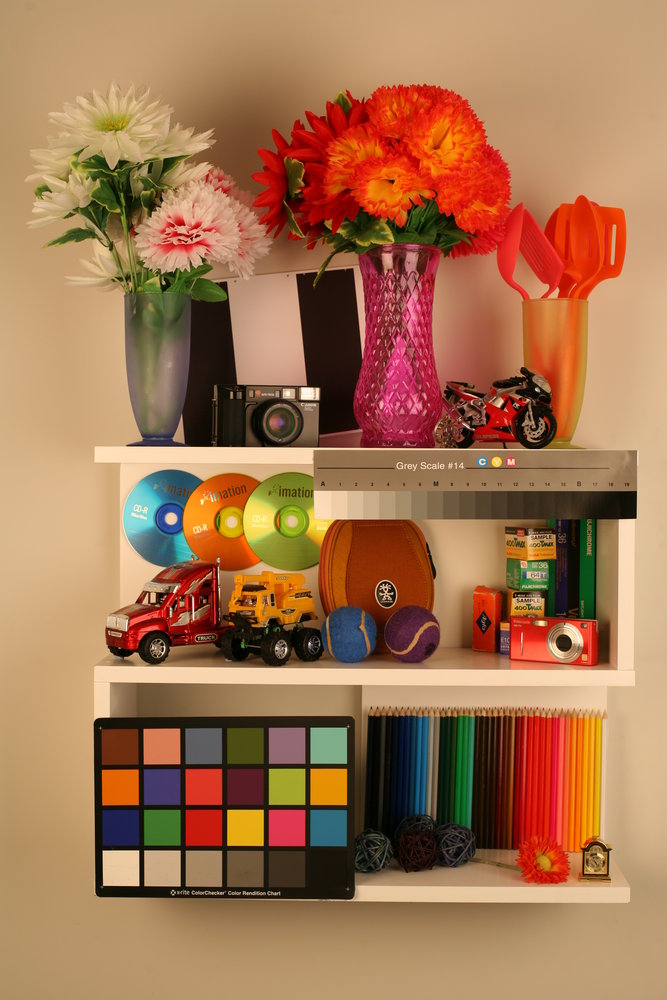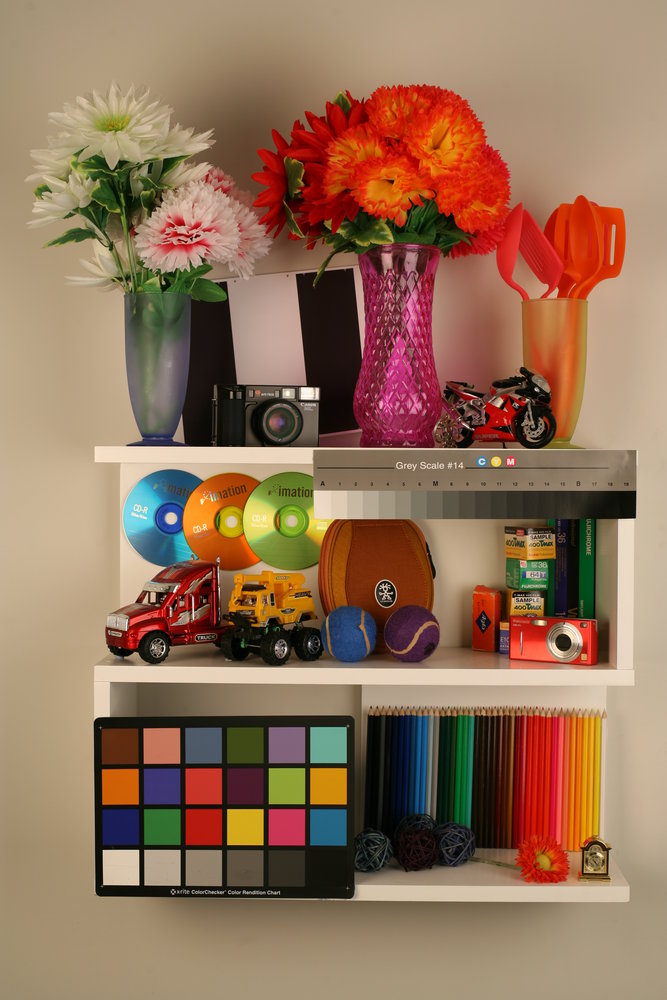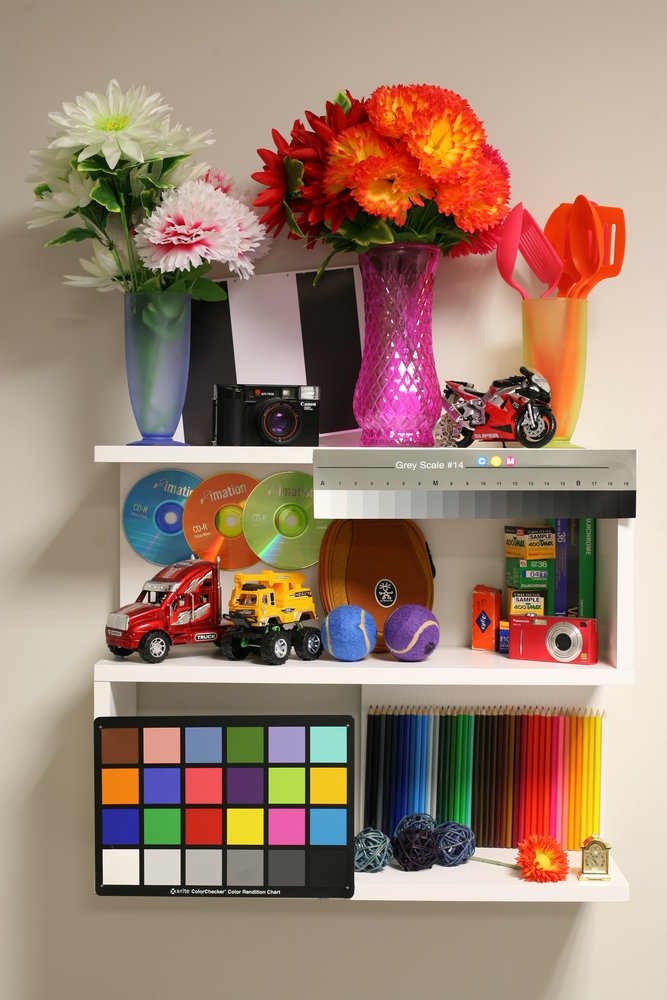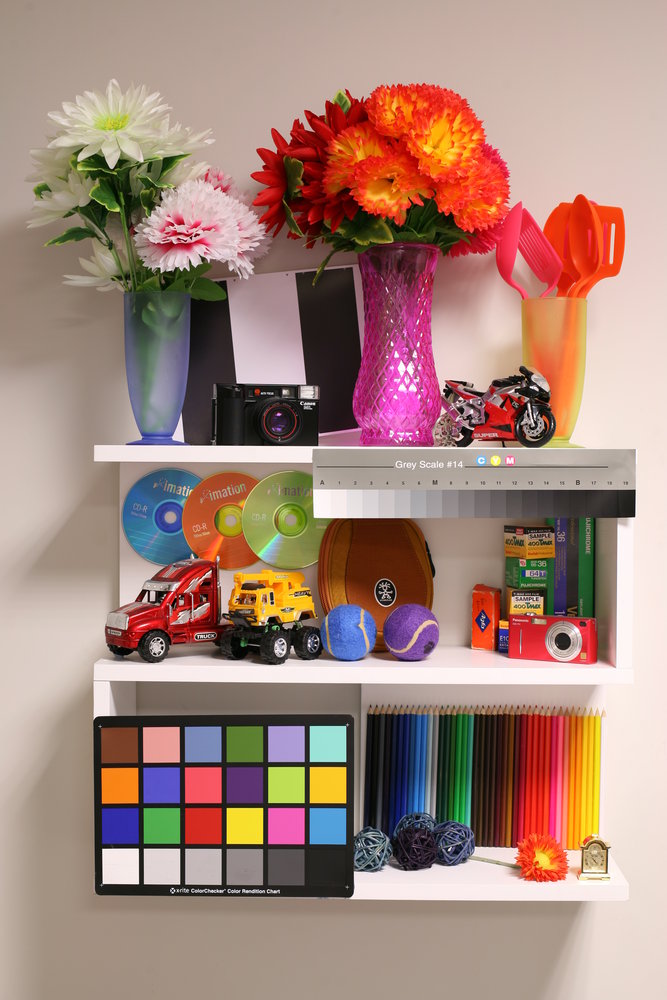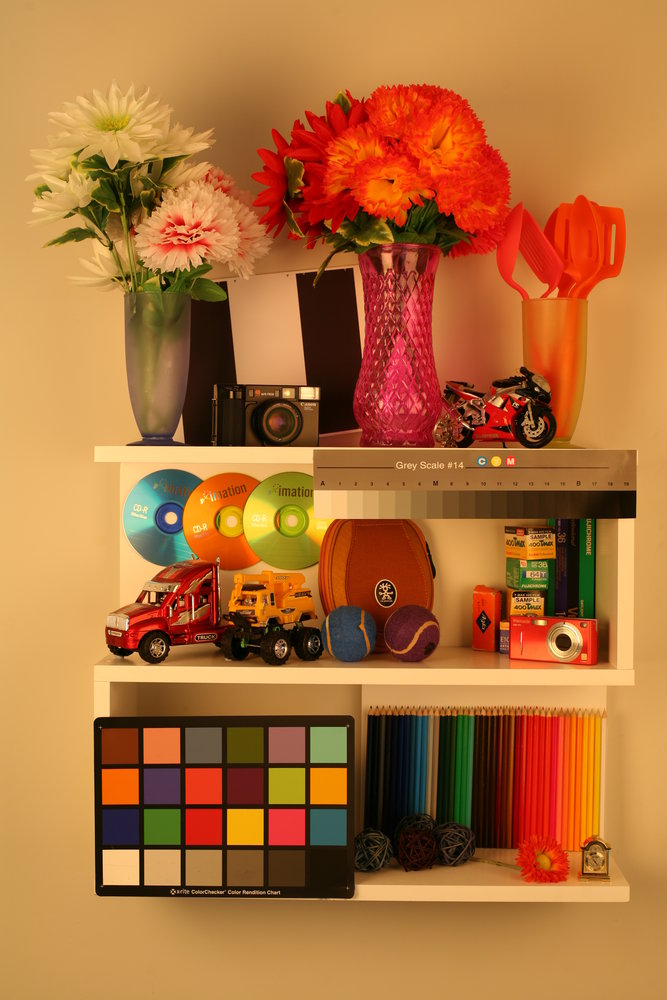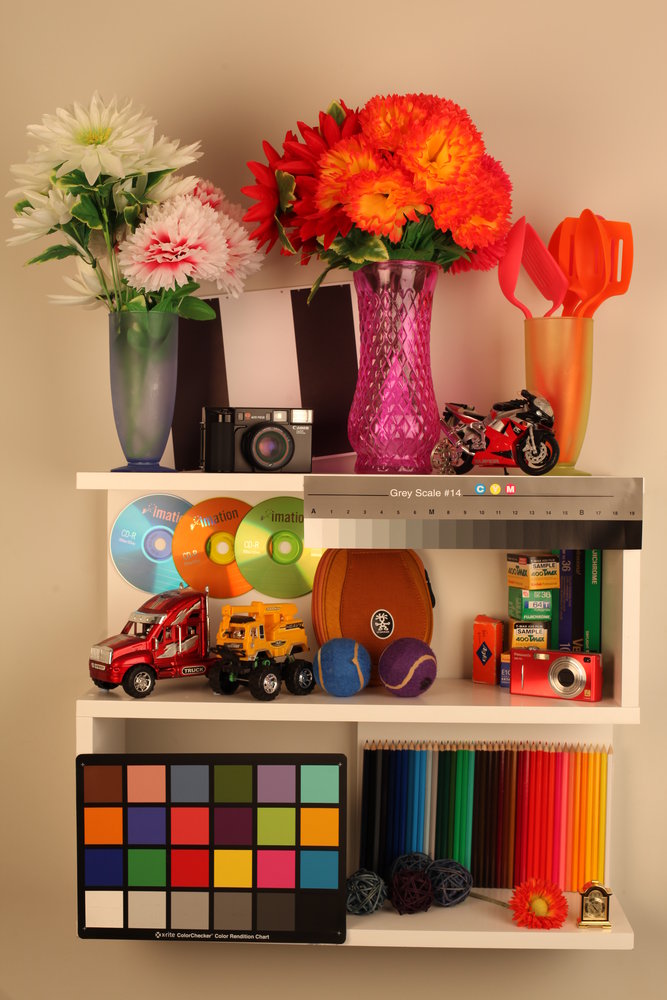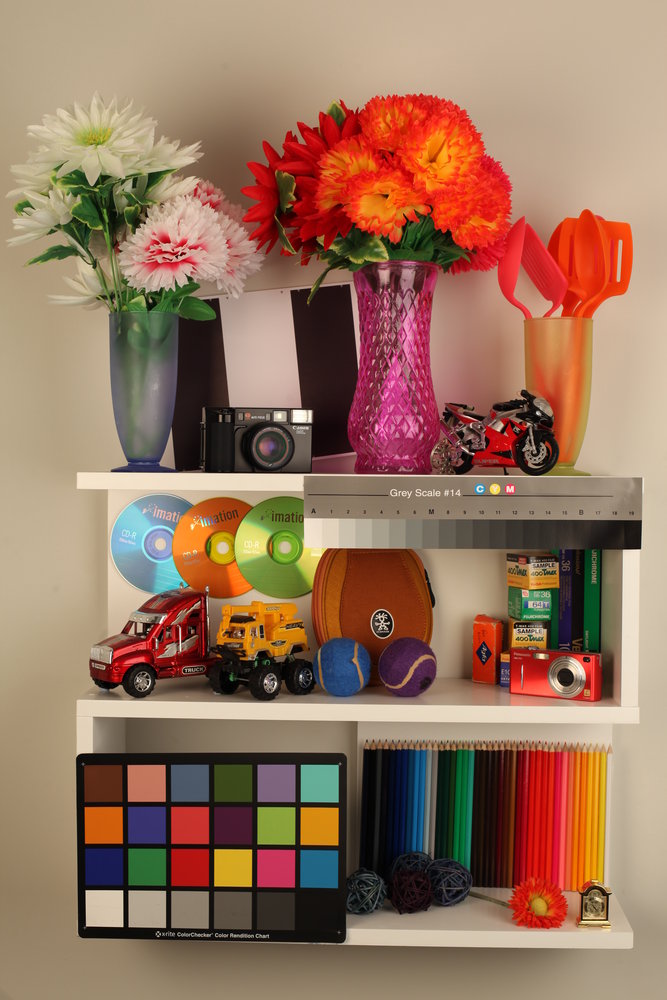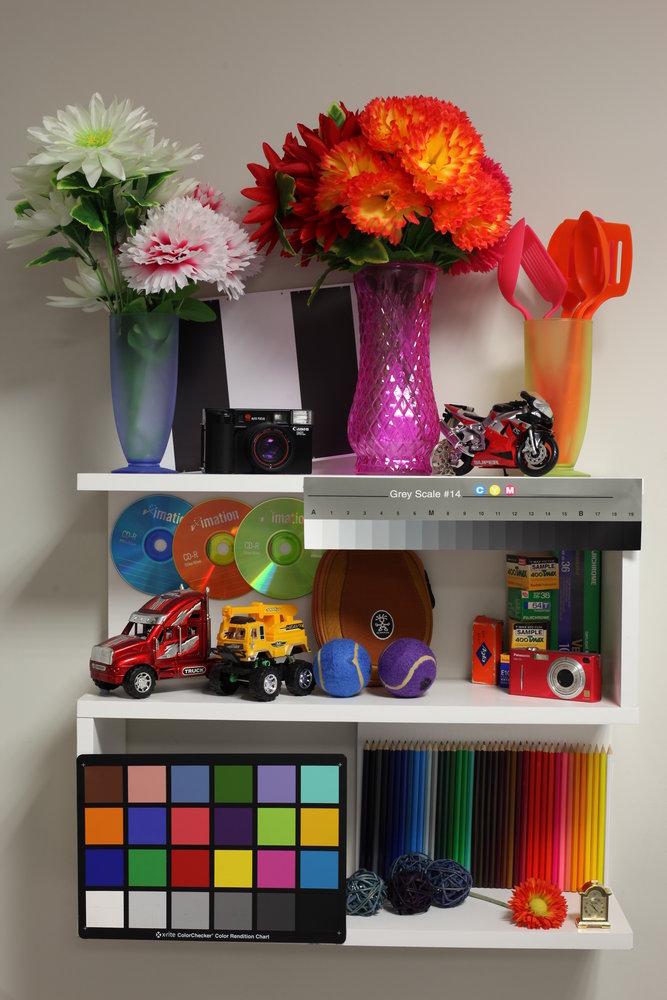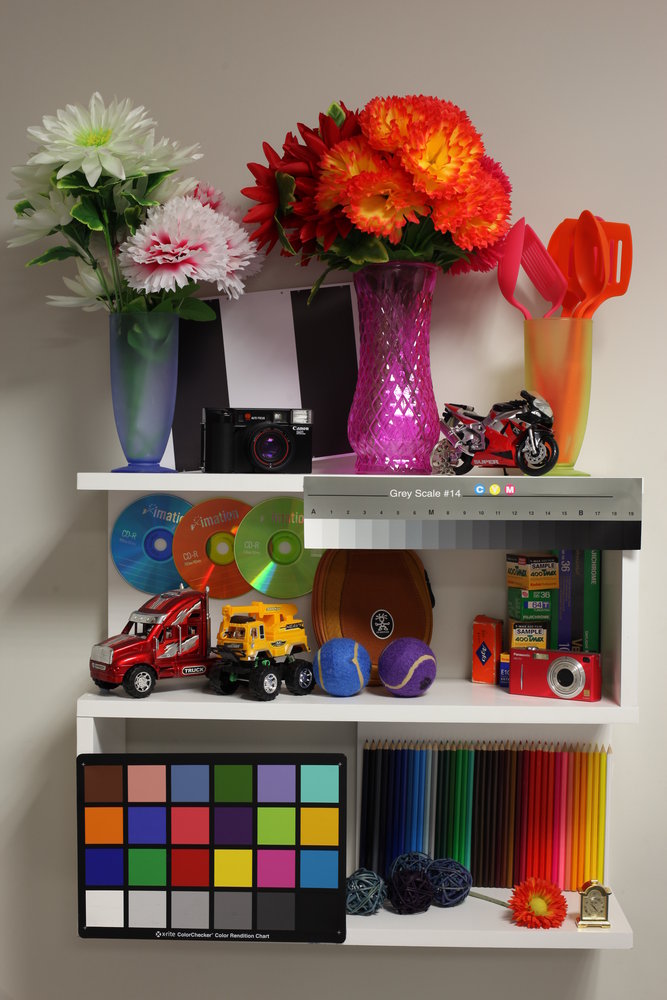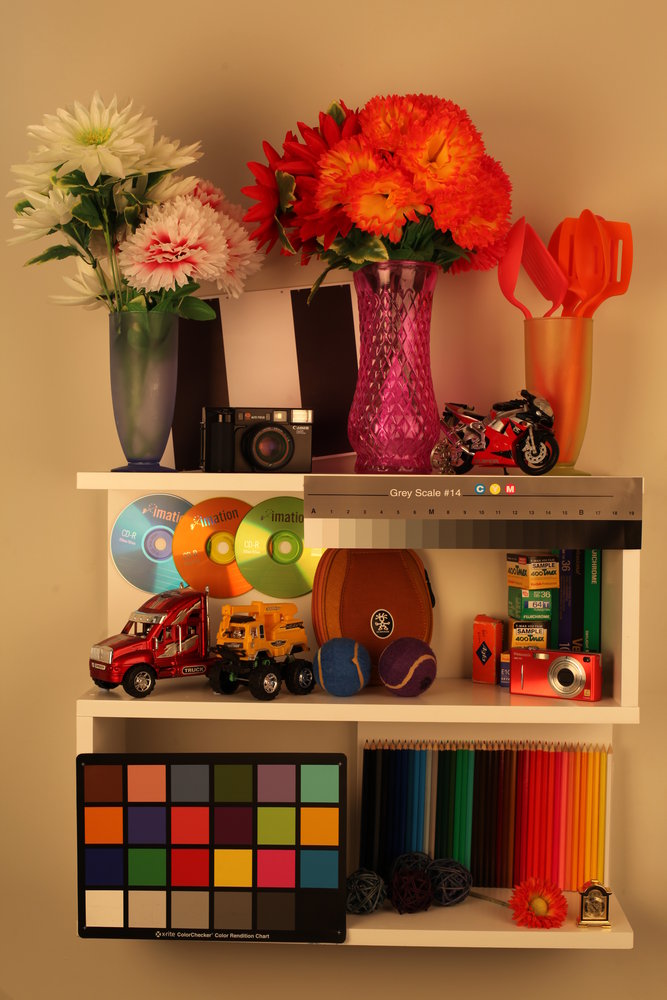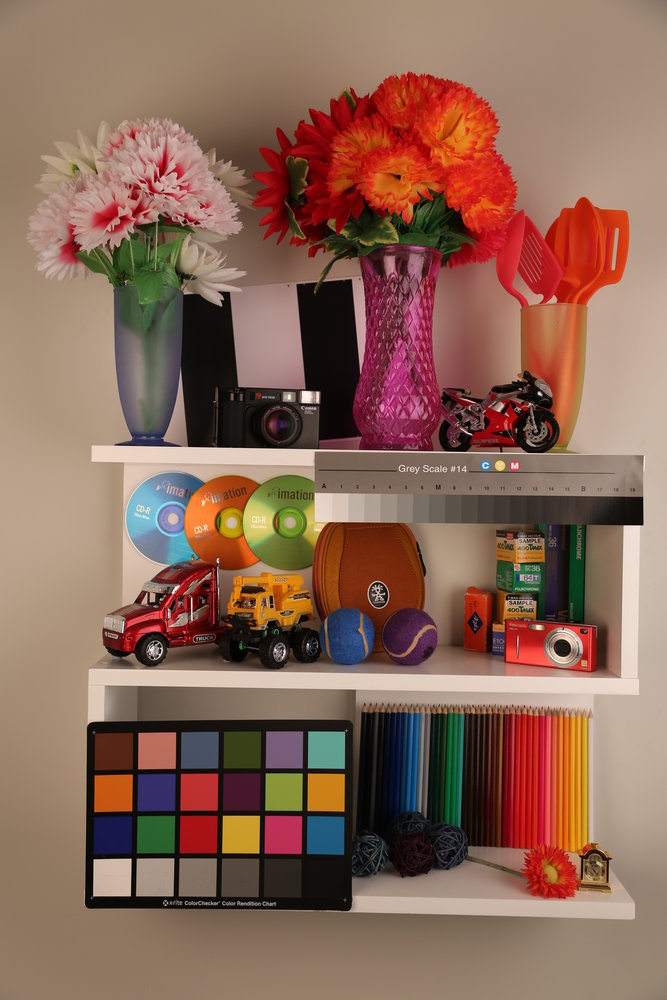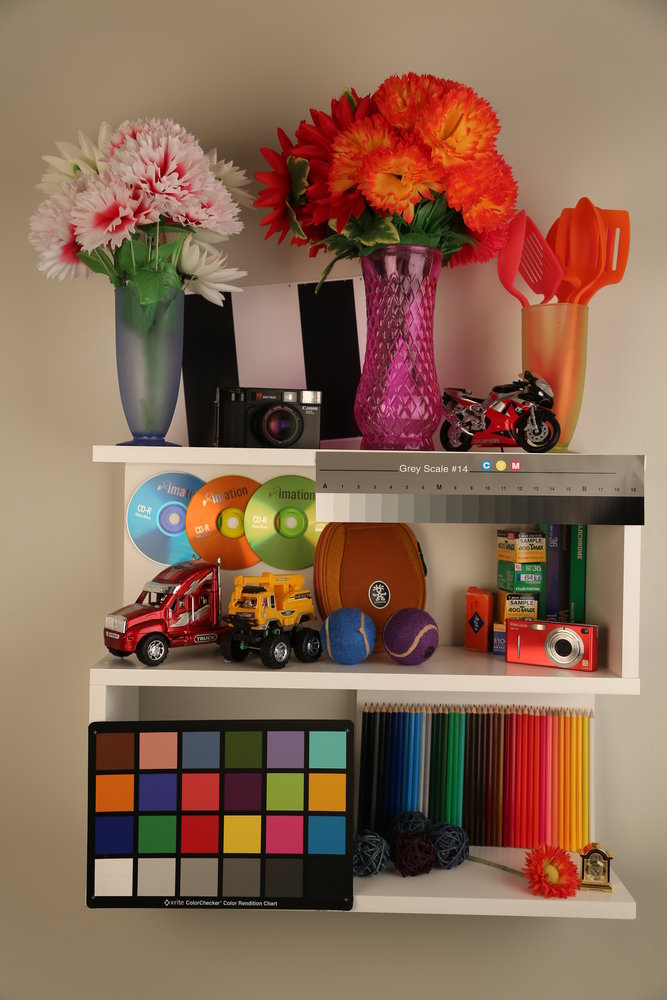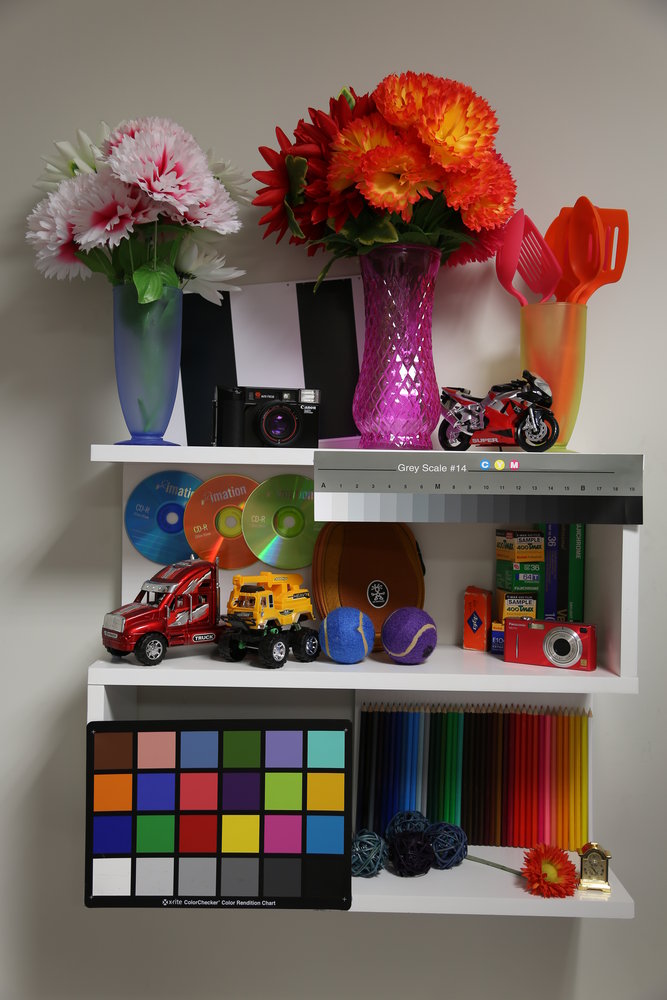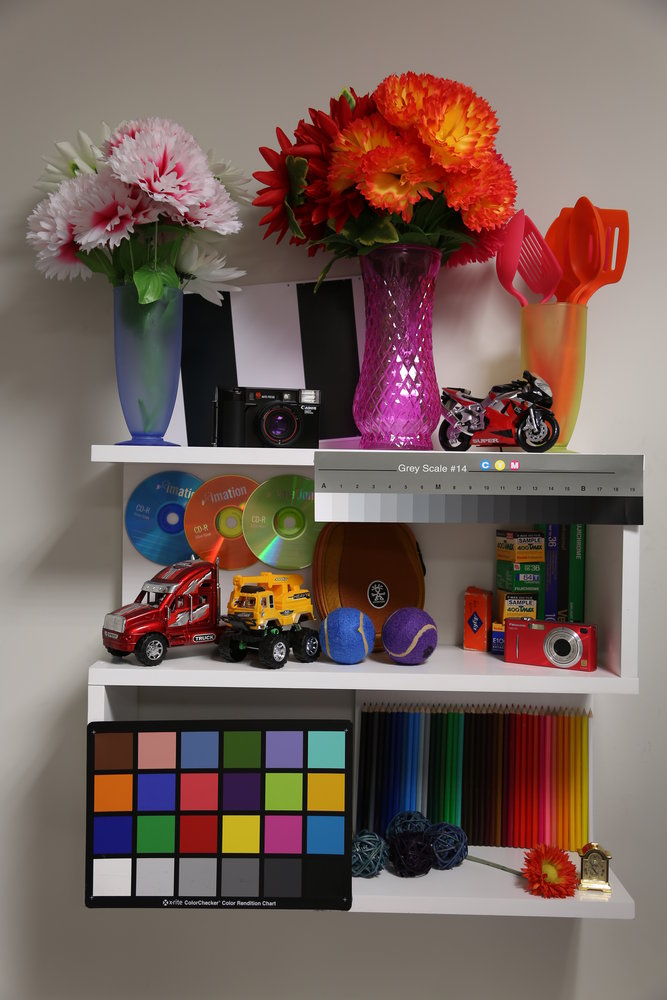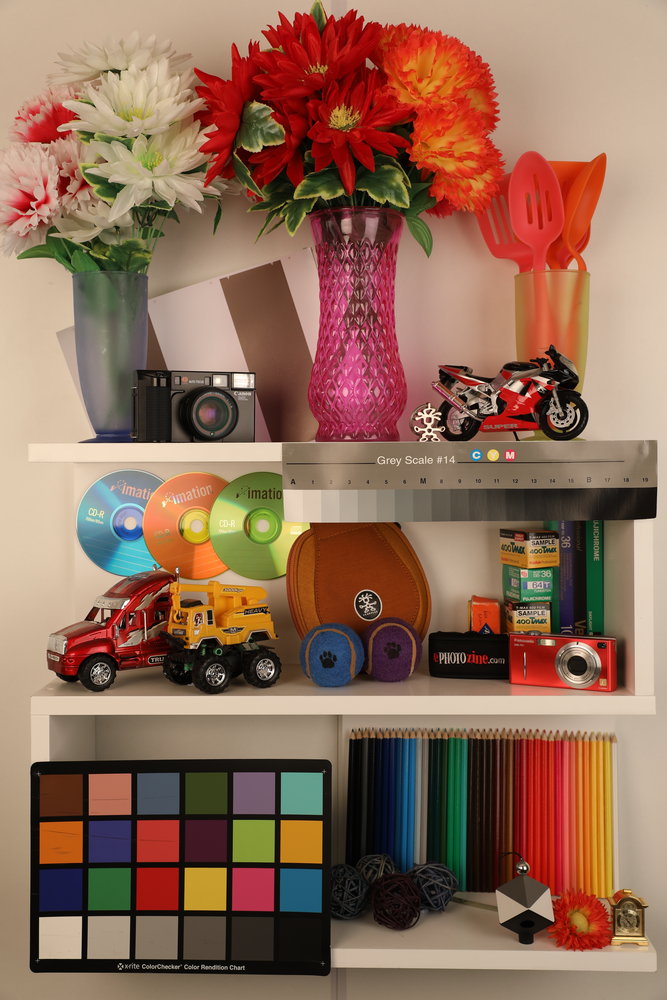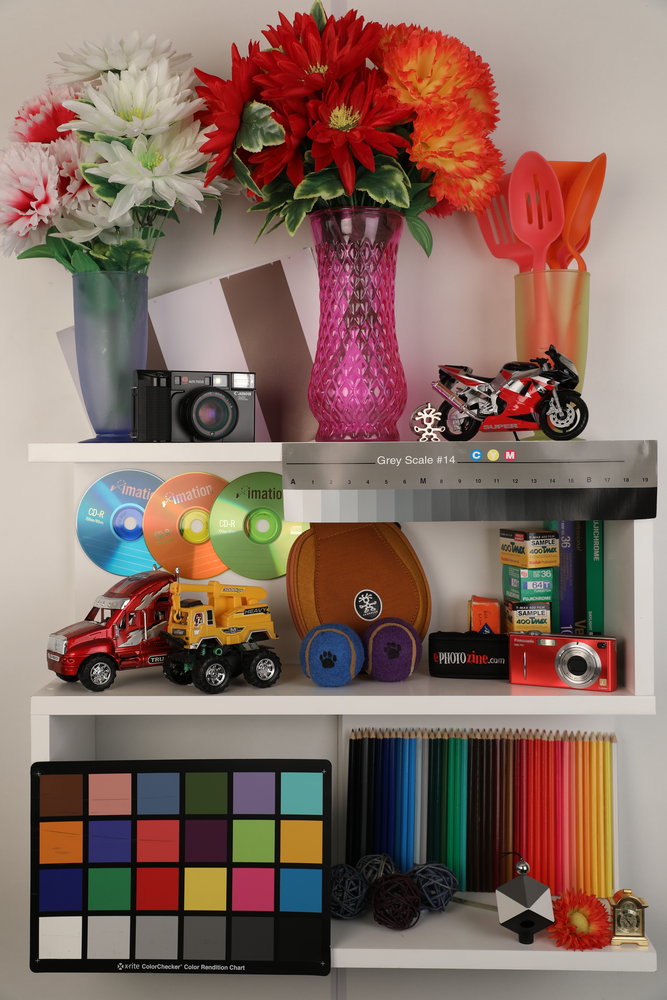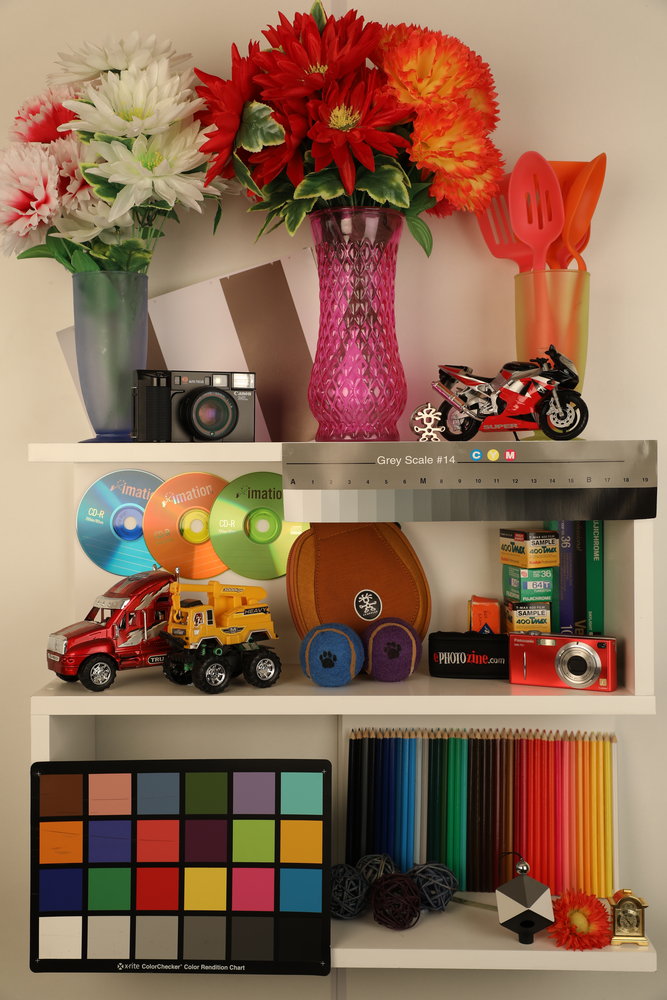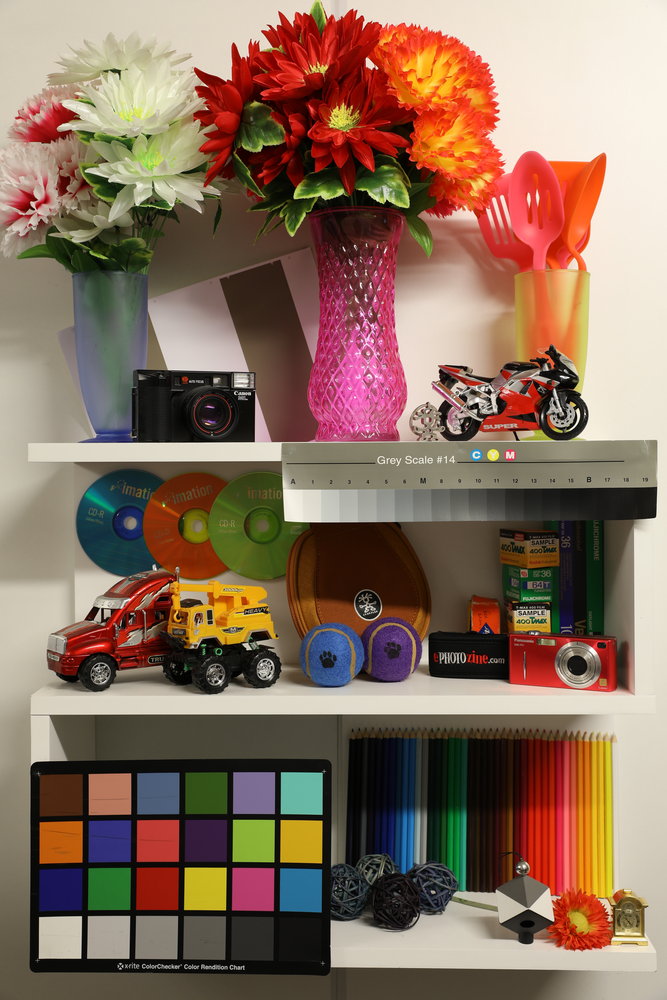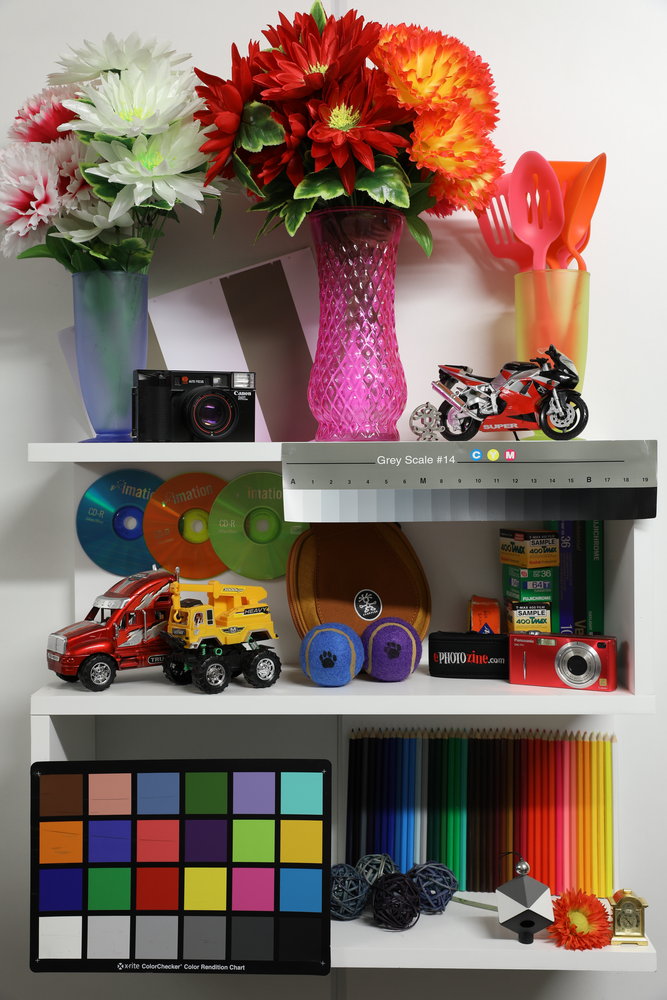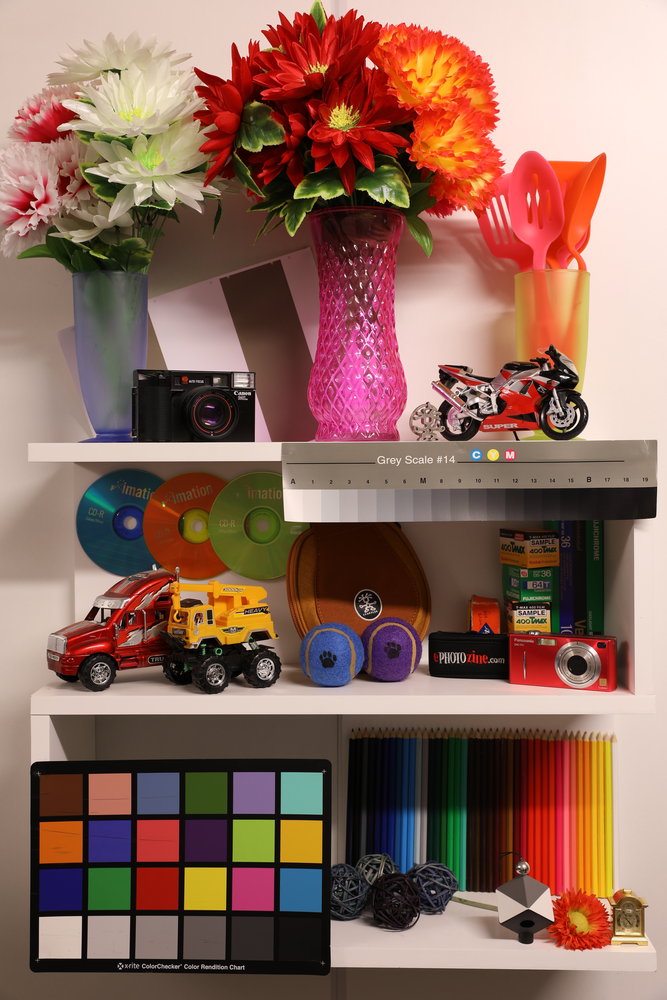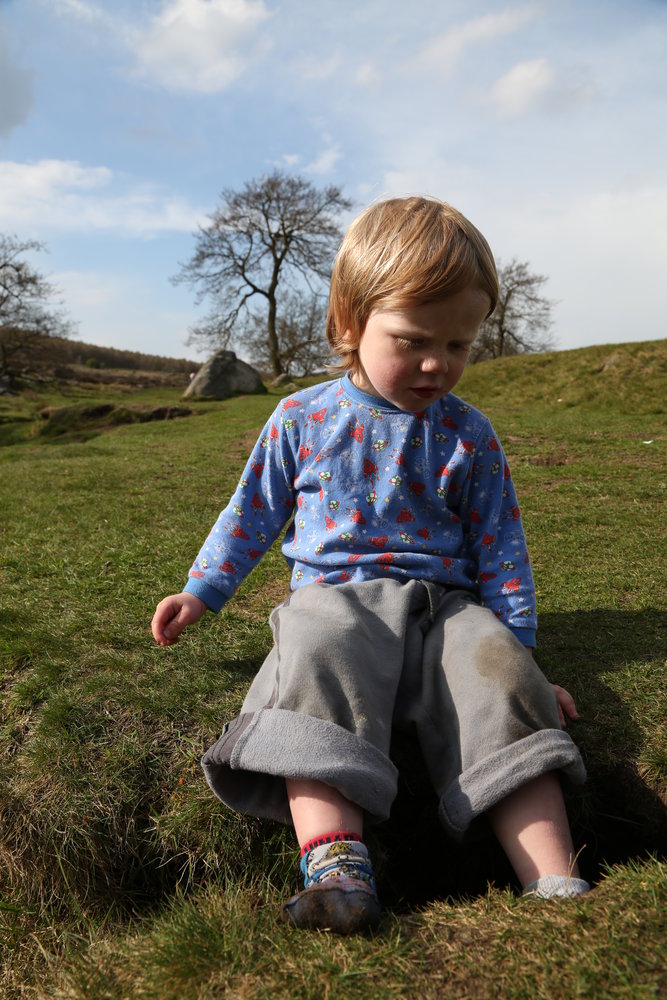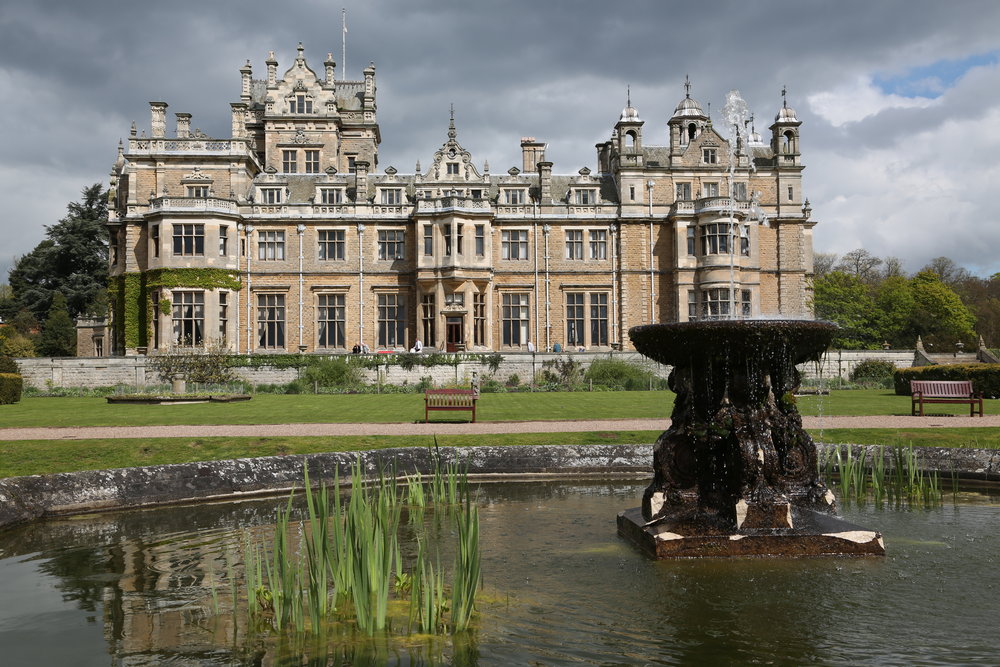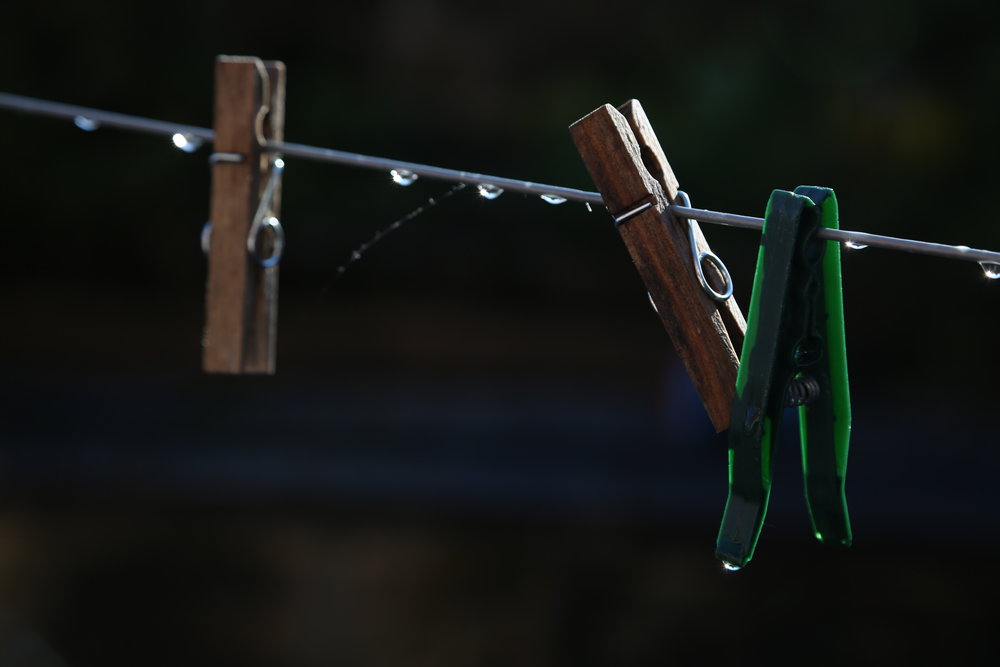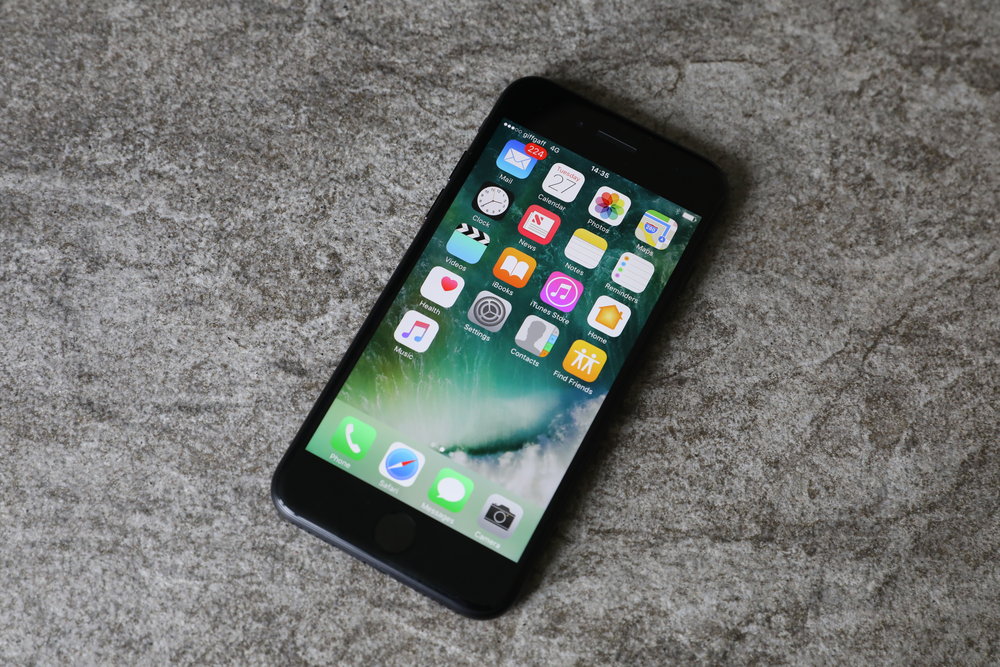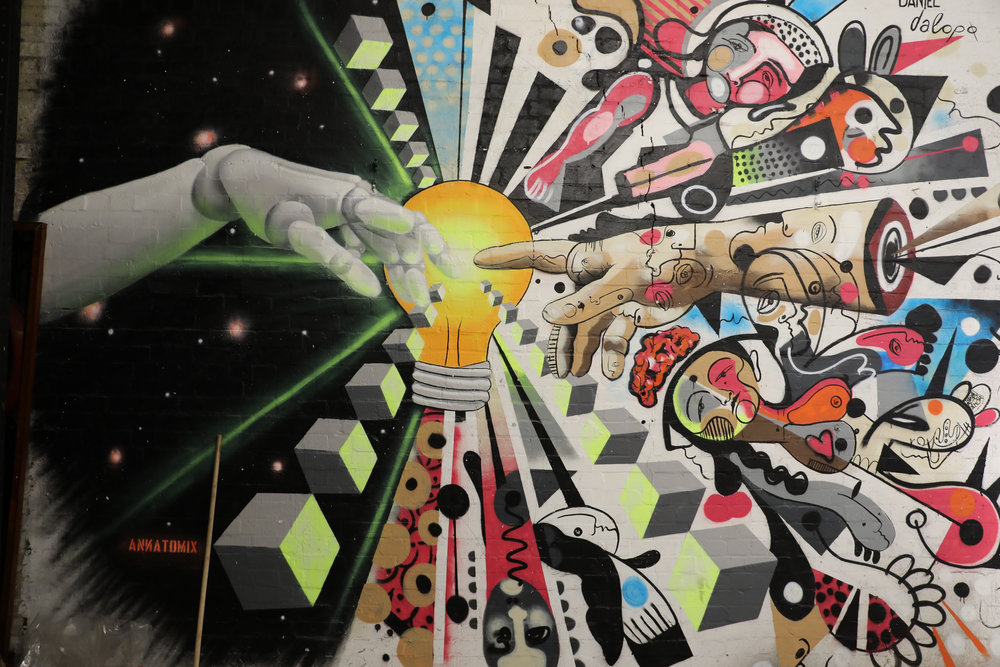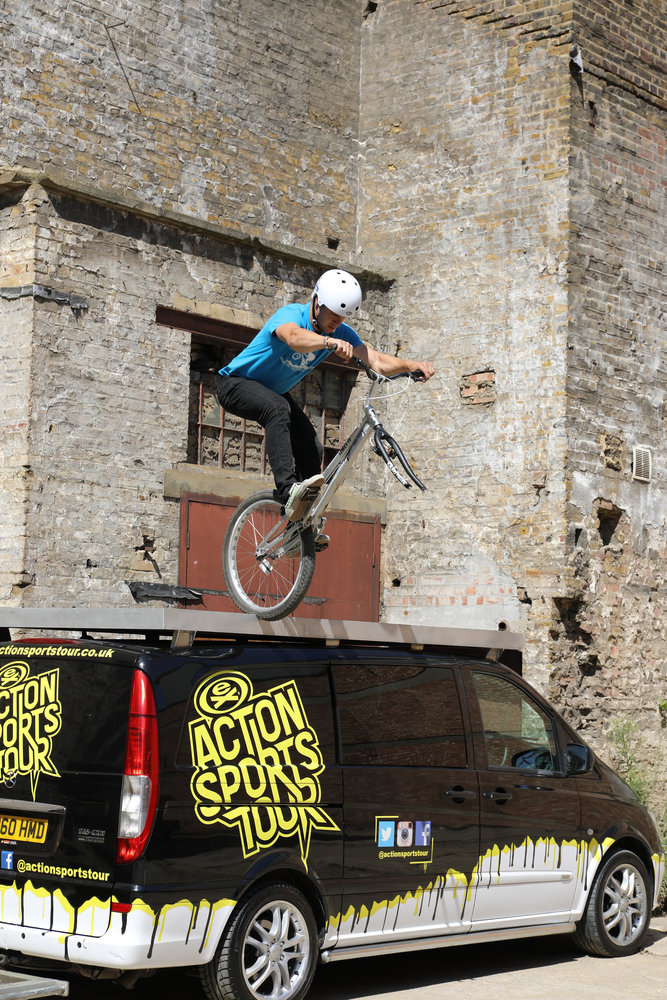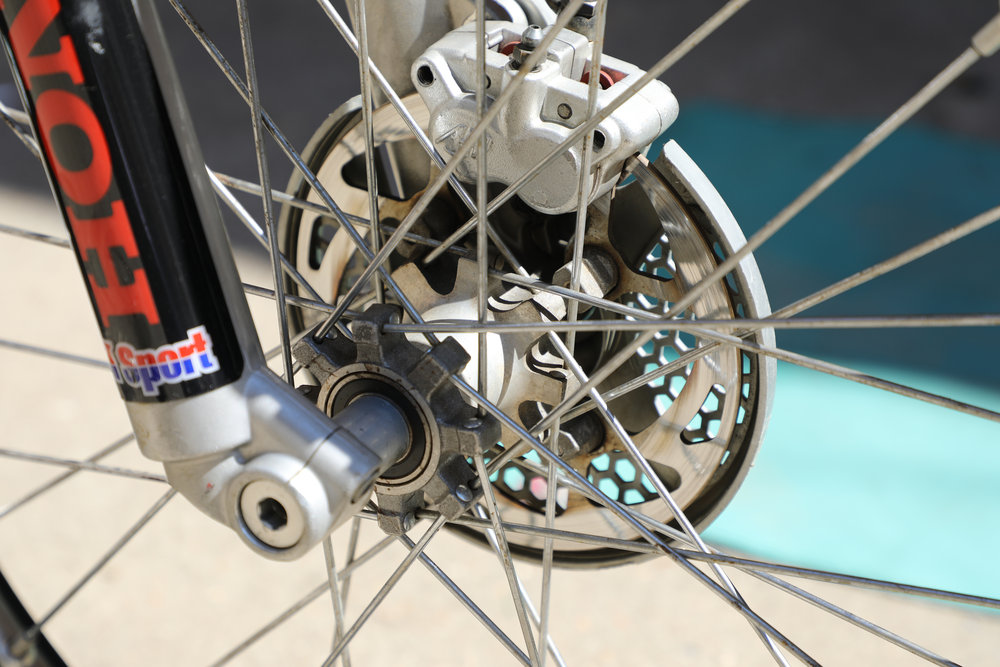Features
Handling
Performance
Pricing & More Info
Specification

Even though the Canon EOS 5D range has been around for a while, the Mark 1 - Mark IV are still popular DSLRs that people are searching for. You can pick up the original EOS 5D Mark I for well under £500 now but as you can imagine, it's lacking a few bells-and-whistles the newer Canon EOS 5D Mark IV has but the newest model is more than 4x the price than the camera that arrived in 2005.
To see how far the EOS 5D Mark line-up has come, we thought we'd sit all of the family members side-by-side and compare their specs, size and image quality. It's been 13 years since the release of the EOS 5D Mark I and at the speed technology changes, we reckon they'll be quite a few upgrades.
Let's find out...
Camera Introductions

The Canon EOS 5D Mark I - the camera that introduced a full frame sensor and made it affordable for consumers to buy a full frame camera. Previously the only option was significantly more expensive with an RRP of around £6000, and it wasn't till the Nikon D700 was announced in 2008 that there was another affordable full-frame Digital SLR.
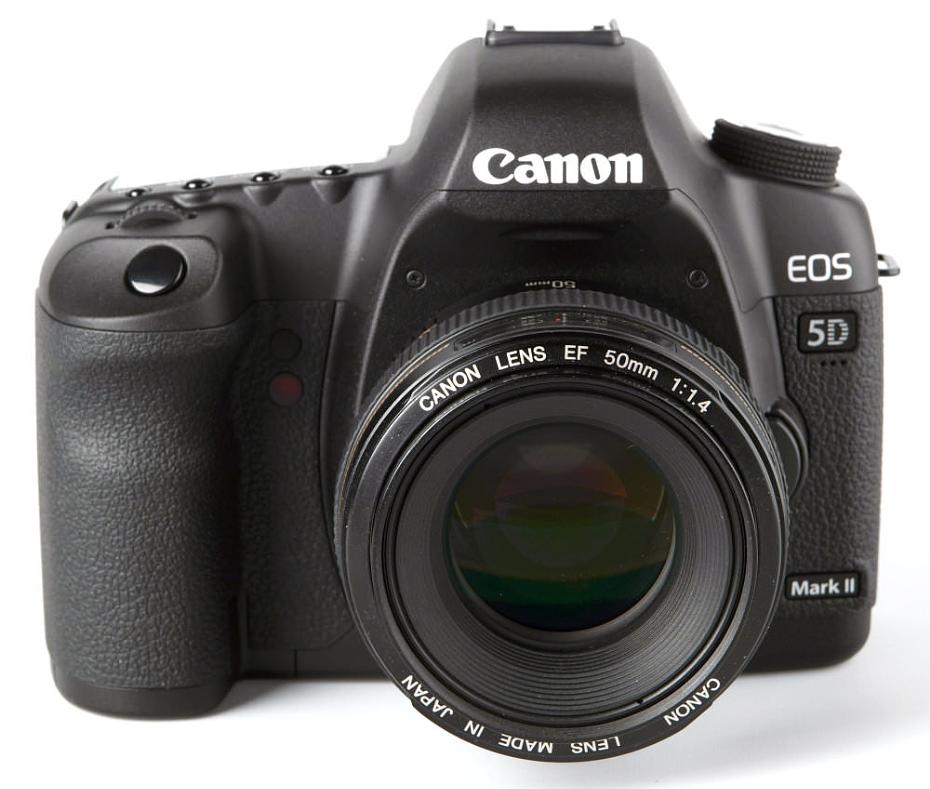
The Canon EOS 5D Mark II - the camera that introduced Full HD video to the Digital SLR market also significantly impacted the photographic industry with excellent image quality and new levels of ISO performance giving usable images at never before thought of ISO settings. Even to this day, it would be considered an excellent choice of camera for the serious photographer.
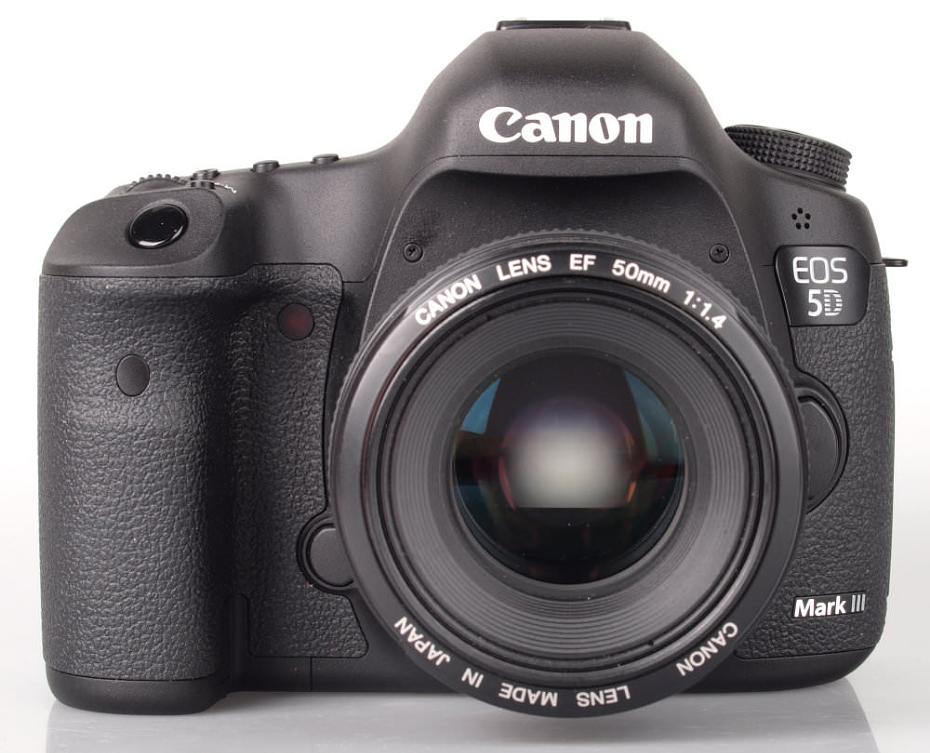
The Canon EOS 5D Mark III - seen as more of an evolution than the revolution the 5D Mark II was, the 5D Mark III is the grown-up version of the Mark II, and addressed a number of the complaints about the Mark II with significantly improved focus with new 61 point AF, dual axis electronic level, a new 22.3 megapixel full-frame sensor, 3.2 inch screen (aspect ratio: 3:2), 100% coverage pentaprism viewfinder, 6fps continuous shooting, lens correction, HDR and more.
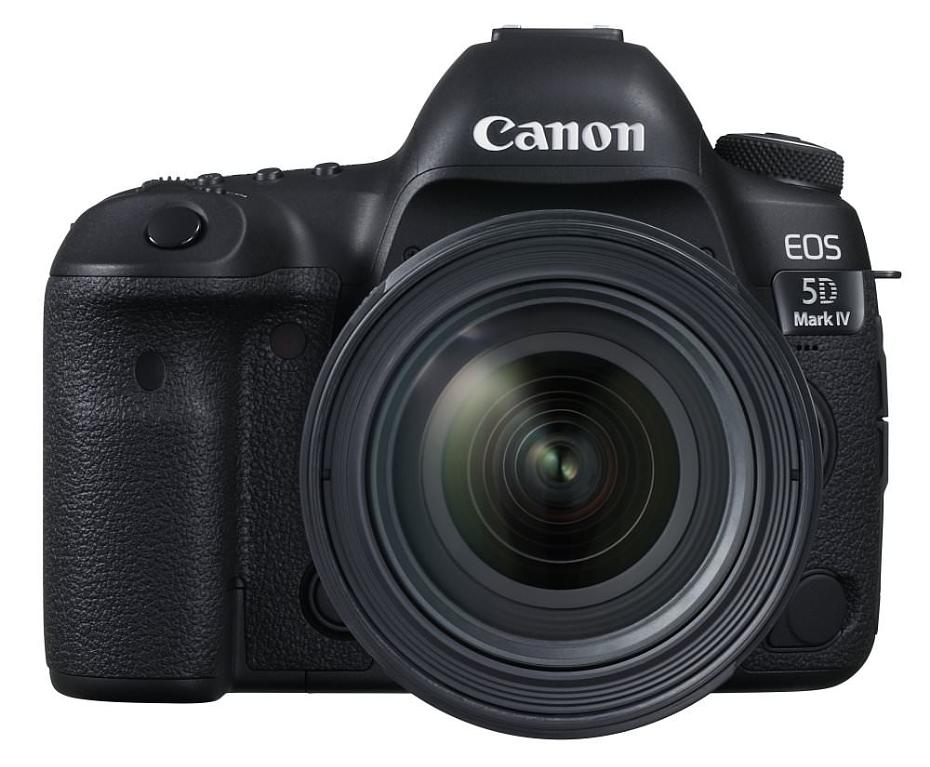
The Canon EOS 5D Mark IV- The fourth version of the highly successful Canon EOS 5D, the Canon EOS 5D Mark IV introduced a number of new features, including a new 30-megapixel full-frame sensor made by Canon, 7fps continuous shooting, 4K video recording, plus built-in GPS and Wi-Fi. A 3.2inch touch-screen, improved weather-sealing and handling also make the Mark IV a better performing camera.
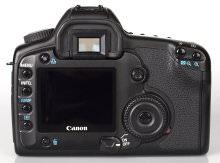 Canon EOS 5S Mark I |
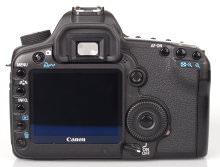 Canon EOS Mark II |
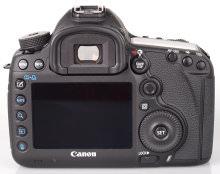 Canon EOS Mark III |
 Canon EOS 5D Mark IV |
Canon EOS 5D Mark I vs II vs III vs IV Features
Comparison Table
| Canon EOS 5D | Canon EOS 5D Mark II | Canon EOS 5D Mark III | Canon EOS 5D Mark IV | ||
| Manufacturer | Canon | Canon | Canon | Canon | |
| Lens | |||||
| Effective Magnification | 1x | 1x | 1x | 1x | |
| Image Sensor | |||||
| Pixels | 12.8Mp (Megapixels) | 21.1Mp (Megapixels) | 22.3Mp (Megapixels) | 30.4Mp (Megapixels) | |
| Pixels (W) | 4368 | 5616 | 5760 | 6720 | |
| Pixels (H) | 2912 | 3744 | 3840 | 4480 | |
| Sensor Type | CMOS | CMOS | CMOS | CMOS | |
| Sensor Size | Full Frame | Full Frame | Full Frame | Full-Frame | |
| Sensor Size (width) | 35.8mm | 36mm | 36mm | 36mm | |
| Sensor Size (height) | 23.9mm | 24mm | 24mm | 24mm | |
| Aspect Ratio |
|
|
|
|
|
| LCD Monitor | |||||
| LCD Monitor | 2.5in | 3in | 3.2in | 3.2in | |
| Screen resolution | 230k dots | 920,000 dots | 1040k dots | 1620K dots | |
| Touch Screen | No | No | No | Yes | |
| Focusing | |||||
| Focusing modes |
|
|
|
|
|
| Exposure Control | |||||
| Shutter speeds shortest | 1/8000sec | 1/8000sec | 1/8000sec | 1/8000sec | |
| Shutter speeds longest | 30sec | 30sec | 30sec | 30sec | |
| Bulb mode | Yes | Yes | Yes | Yes | |
| Exp modes |
|
|
|
|
|
| Metering |
|
|
|
|
|
| ISO sensitivity | 50 - 3200 | 50 - 25600 | 50 - 102400 | 50 - 102400 | |
| White balance |
|
|
|
|
|
| Exposure Comp | +/-2 | +/-2 | +/-5 | +/-5 | |
| Viewfinder | |||||
| Magnification | No Data | No Data | 0.71x | 0.71x | |
| Shooting Options | |||||
| Continuous shooting | 3fps | 3.9fps | 6fps | 7fps | |
| Video | |||||
| Movie mode | No | Yes | Yes | Yes | |
| Video Resolution |
|
|
|
||
| Video FPS | No Data | 30fps | 29.97, 25, 23.976 fps | 4K 30,25,24fps | |
| Stereo Sound | No Data | No | Yes | No | |
| Optical Zoom with Video | No Data | Yes | Yes | Yes | |
| Other Features | |||||
| Image Stabilisation | No | No | No | No | |
| Interface | |||||
| HDMI | No | Yes | Yes | Yes | |
| USB | USB 2 | USB 2 | USB 2 | USB 3 | |
| Wi-Fi | No | No Data | No | Yes | |
| Storage | |||||
| Card Type |
|
|
|
|
|
| File Type |
|
|
|
|
|
| Power Source | |||||
| Battery Type | Rechargeable Li-ion Battery BP-511 | Rechargeable Li-ion Battery LP-E6 | Rechargeable Li-ion Battery LP-E6 | LP-E6N | |
| Battery Life (CIPA rating) | 800shots | 850shots | 950shots | 900shots | |
| Box Contents | |||||
| Box Contents | No Data | No Data | No Data | No Data | |
| Dimensions | |||||
| Weight | 810g | 810g | 950g | 890g | |
| Width | 152mm | 152mm | 152mm | 150.7mm | |
| Height | 113mm | 113.5mm | 116.4mm | 116.4mm | |
| Depth | 75mm | 75mm | 76.4mm | 75.9mm | |
| View Full Details | View Full Details | View Full Details | View Full Details | ||
While the Canon EOS 5D Mark I is one of the lightest (shared with the Mark II), the newer Canon EOS 5D Mark IV isn't far behind in terms of size and almost everything else listed in the table has been improved greatly since the introduction of the Canon EOS Mark I and there are a few improvements between version III and IV, too.
- Pixels: 5D Mark I - 12.8Mp, 5D Mark II - 21.1Mp, 5D Mark IIi - 22.3Mp, 5D Mark IV - 30.4Mp (the IV has more than doubled the number of pixels first seen on the Mark I).
- LCD Monitor: 5D Mark I - 2.5inch, 5D Mark II - 3inch, 5D Mark IIi - 3,2inch, 5D Mark IV - 3.2inch (the IV has almost added an inch to the LCD monitor, in comparison with the Mark I and more importantly, it's now a touchscreen which is something none of the previous models had).
- Continuous shooting: 5D Mark I - +/-2, 5D Mark II - +/-2, 5D Mark IIi - +/-5, 5D Mark IV - +/-5
- Exposure compensation: 5D Mark I - 3fps, 5D Mark II - 3.9fps, 5D Mark IIi - 6fps, 5D Mark IV - 7fps
- Other improvements: More focus modes, more metering options, larger ISO range (see below for more details), more white balance modes, movie mode (the IV is the only camera to capture 4K video) and USB 3 (only on the Mark IV, the others are USB 2). SD/Compact Flash is compatible with both the III and IV, and both cameras also have a mic and headphone socket.
- The battery life is actually better on the Canon EOS Mark III with 950 shots listed as the CIPA rating. The Mark IV can capture 900 shots, then it's the Mark II at 850 shots and the original Mark I will capture 800 shots before the battery needs recharging. The 5D Mark IV uses the same battery as the previous model, the LP-E6N, so this means you don't need to worry about replacing any spare batteries you may have, as they will work on the new camera.
You can compare the specs of each camera, in more detail, by using the comparison table above.
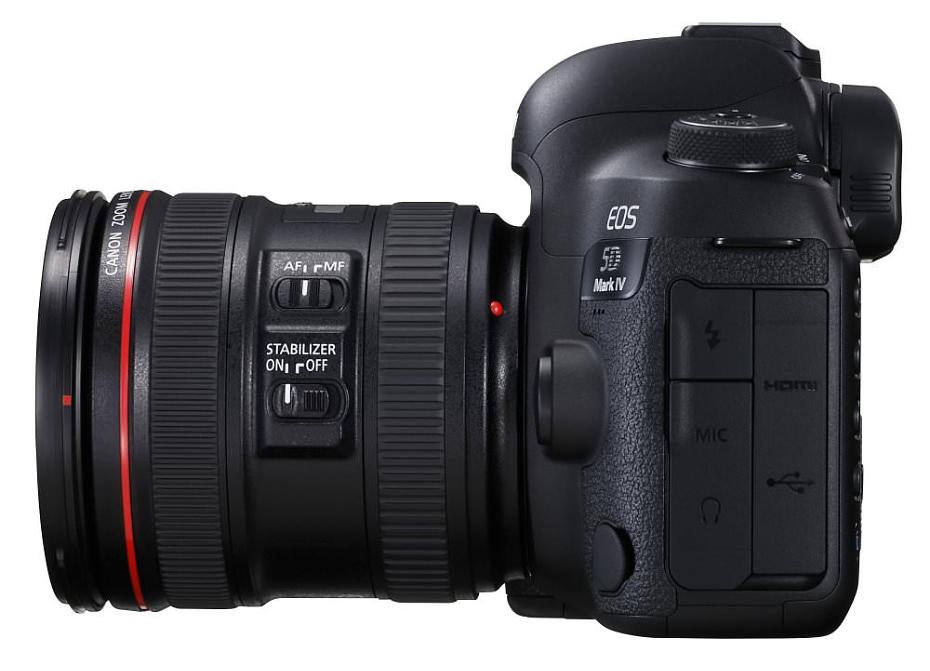
Canon EOS 5D Mark IV
Canon EOS 5D Mark I vs II vs III vs IV Handling
The Canon EOS 5D could be described as very brick-like, it's finish becoming quite shiny over time compared to the newer matt finish Mark II, Mark III and Mark IV. The layout of buttons and controls has changed subtly over the four cameras, with the top LCD and layout of control wheels remaining the same across these cameras, and also following a standard design approach across Canon's other Digital SLRs.
Each time, Canon has made small changes to the design of the camera so it remains familiar to people who have used the range previously but still offering new features that improve the design. For example, the Mark IV has a very similar design to previous cameras in the range but it now features a deeper front grip and the rear thumb grip is bigger. There's also a new customisable button on the back, where your thumb lands and the new custom button is also featured on the new battery grip, the BG-E20.
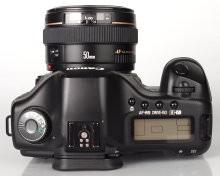 Canon EOS 5D Mark I |
 Canon EOS Mark II |
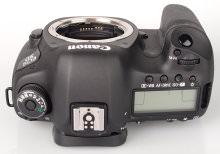 Canon EOS Mark III |
Canon EOS 5D Mark IV |
The menus on the cameras have noticeably improved over time, both in the number of options available, as well as the design and layout of options. The 5D Mark I menus appear extremely basic in comparison to the new Mark IV menus, with the custom options particularly difficult to find. There are more options in the Mark IV's menu system than we saw on the Mark III, particularly in the lens correction options.
Overall, for anyone familiar with the 5D series, particularly the 5D Mark III, 5DS and 5DS R, the 5D Mark IV will be immediately familiar, with a few tweaks to the layout of ports and a new custom button. Build quality has always been good in Canon EOS DSLRs and the newer model is no different offering excellent levels of quality and the camera body has improved weather sealing, too. As mentioned, the Canon EOS 5D Mark IV is quite heavy, however, with a large handgrip covered in textured rubber you can get a good grip on the camera.
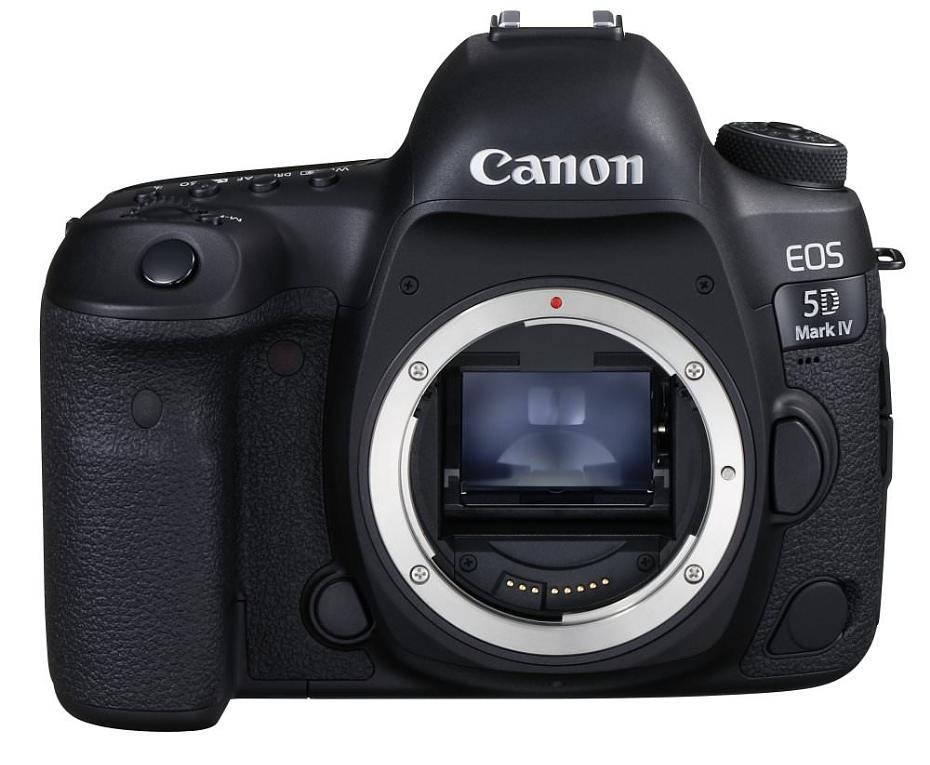
Canon EOS 5D Mark IV
Canon EOS 5D Mark I vs II vs III vs IV Performance
ISO
The Canon EOS 5D Mark I, only has ISO50 to ISO3200 (default ISO100 to ISO1600), which may seem quite limited these days. The Canon EOS 5D Mark II significantly extends the ISO range from ISO50 to ISO3200, up to ISO25600 and the Canon EOS Mark III extends ISO even further to ISO51200 and ISO102400, giving an excellent range in low light conditions. The newer Canon EOS 5D Mark IV shares the same ISO 50-102400 range as the Mark III and noise performance is similar to the Canon EOS 5D Mark III, although, at higher ISO settings, including ISO25600, there is less chroma noise (coloured patches of colour) in the 5D Mark IV images.
Canon EOS 5D ISO test images
Canon EOS 5D Mark II ISO test images
Canon EOS 5D Mark III ISO test images
Canon EOS 5D Mark IV ISO test images
White Balance
Each new version of the Canon EOS 5D has seen an improvement in white balance performance with auto white balance, tungsten and fluorescent presets delivering better images.
Canon EOS 5D White-balance test images
Canon EOS 5D Mark II White-balance test images
Canon EOS 5D Mark III White-balance test images
Canon EOS 5D Mark IV White-balance test images
Continuous Shooting Speeds
From the Canon EOS 5D Mark I to the Canon EOS Mark III, continuous shooting speeds doubled from 3fps to 6fps. Now, with the Canon EOS 5D Mark IV, this has been upped to 7fps.
Sample Photos
Take a look at the sample images captured with each camera from the Canon EOS 5D range to see how image quality has improved. You'll need to visit the Canon EOS 5D Mark I and Canon EOS 5D Mark II review to view the sample images captured with these cameras but the images captured with the Canon EOS 5D Mark III and Canon EOS 5D Mark IV can be viewed below.
Canon EOS 5D Mark III Sample Photos
Canon EOS 5D Mark IV Sample Photos
Video
There was no video mode built into to original Canon EOS 5D Mark I and 4K didn't arrive in the later models until the Canon EOS 5D Mark IV arrived. The Mark IV offers DCI-4K video. The two middle models can capture video in FullHD, though.
We have video footage captured with the Canon EOS 5D Mark III and Canon EOS 5D Mark IV below.
Canon EOS 5D Mark I vs II vs III vs IV Pricing & More Information
Pricing:
| Camera | RRP (when new) | Price Now |
| Canon EOS 5D Mark I | £2539 | £250 or less (Used) |
| Canon EOS 5D Mark II | £2599 | £590-670 or less (Used) |
| Canon EOS 5D Mark III | £2999 | £1799 (New) or £1050-1300 Used |
| Canon EOS 5D Mark IV | £3629 | £3249 (New) |
Canon EOS 5D Mark I vs II vs III vs IV Verdict
With there now being four different versions of the Canon EOS 5D, the earlier versions have dropped in price even further, making each one a good choice depending on your needs and budget.
The Canon EOS 5D Mark I would be a great choice for someone who's looking for a budget full-frame Digital SLR, with image quality that still delivers good results, particularly at the lower ISO speeds. For higher ISO speeds, processing the raw files will be needed to get the best results.
The Canon EOS 5D Mark II offers impressive specifications for the price, particularly with the used price being so reasonable, with a 21mp sensor, FullHD video, and an improved ISO range.
The step up to the 5D Mark III gives a 22mp sensor, improved focus points (with 61), and quicker operation overall, including 6fps continuous shooting. There's a larger screen, as well as a headphone socket, making it a better choice for more serious video work.
For those who need 4K video recording, and a full-frame sensor, the 5D Mark IV offers both, with a 30mp sensor, 7fps continuous shooting, although with this being the newest model, it also comes in at the highest price.

